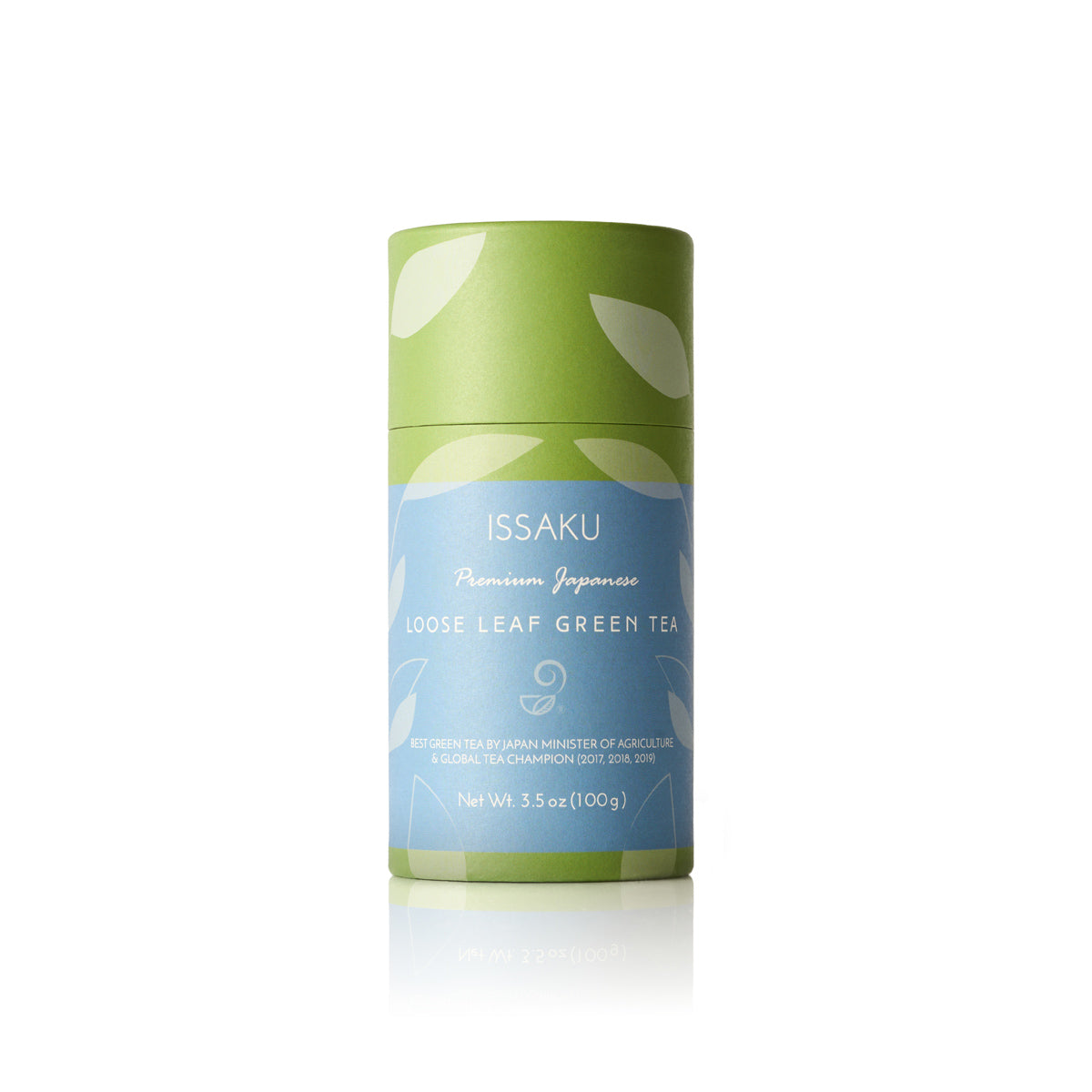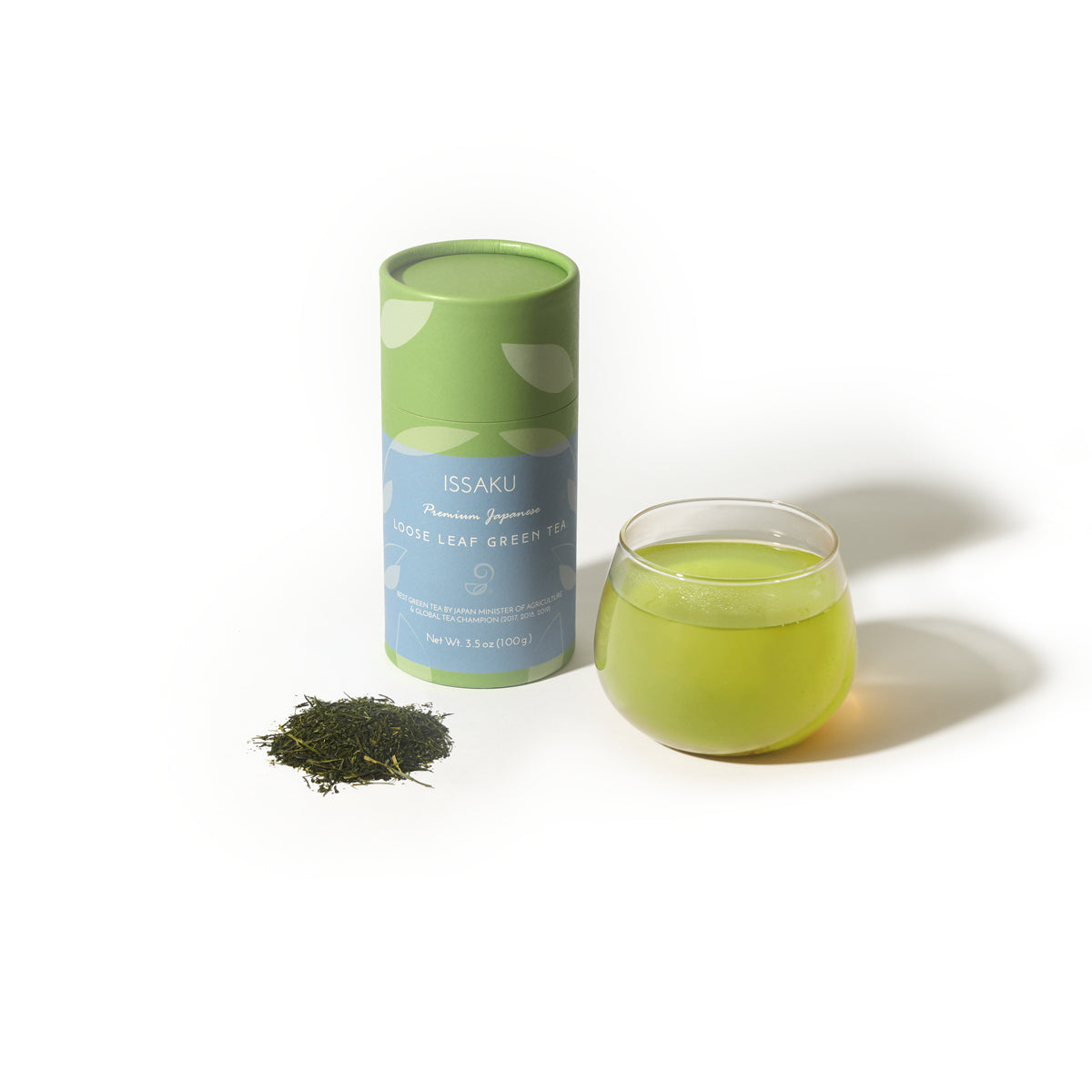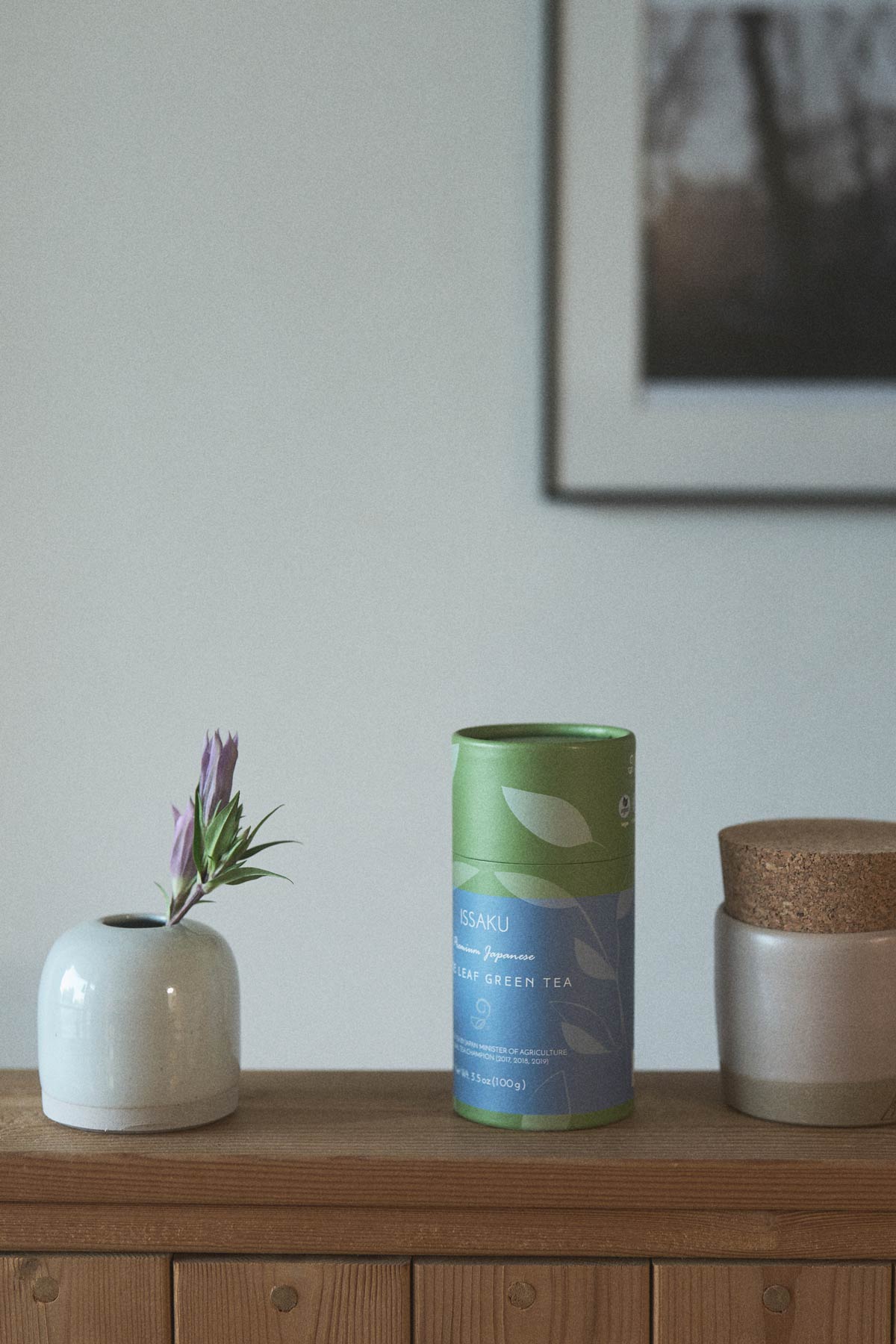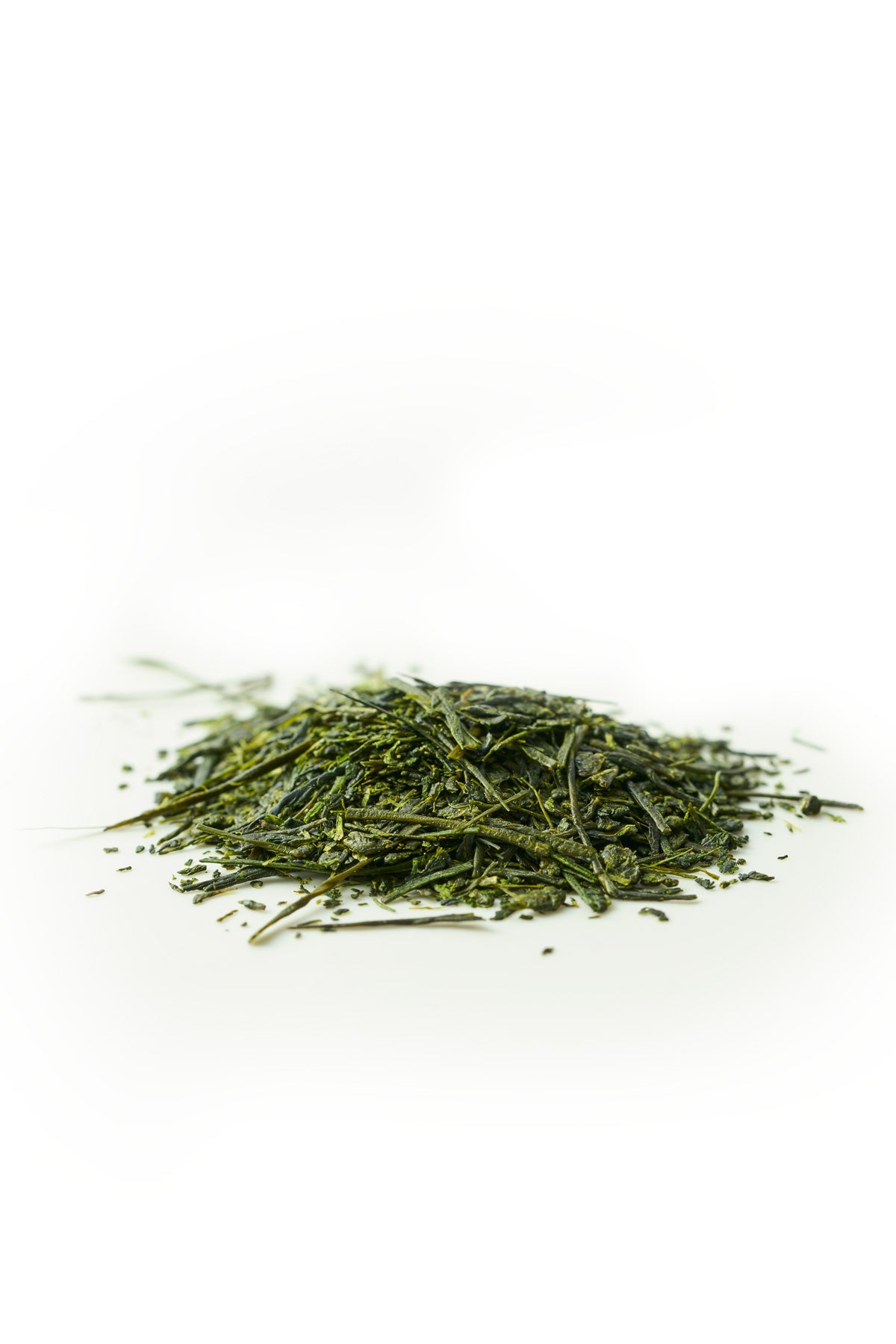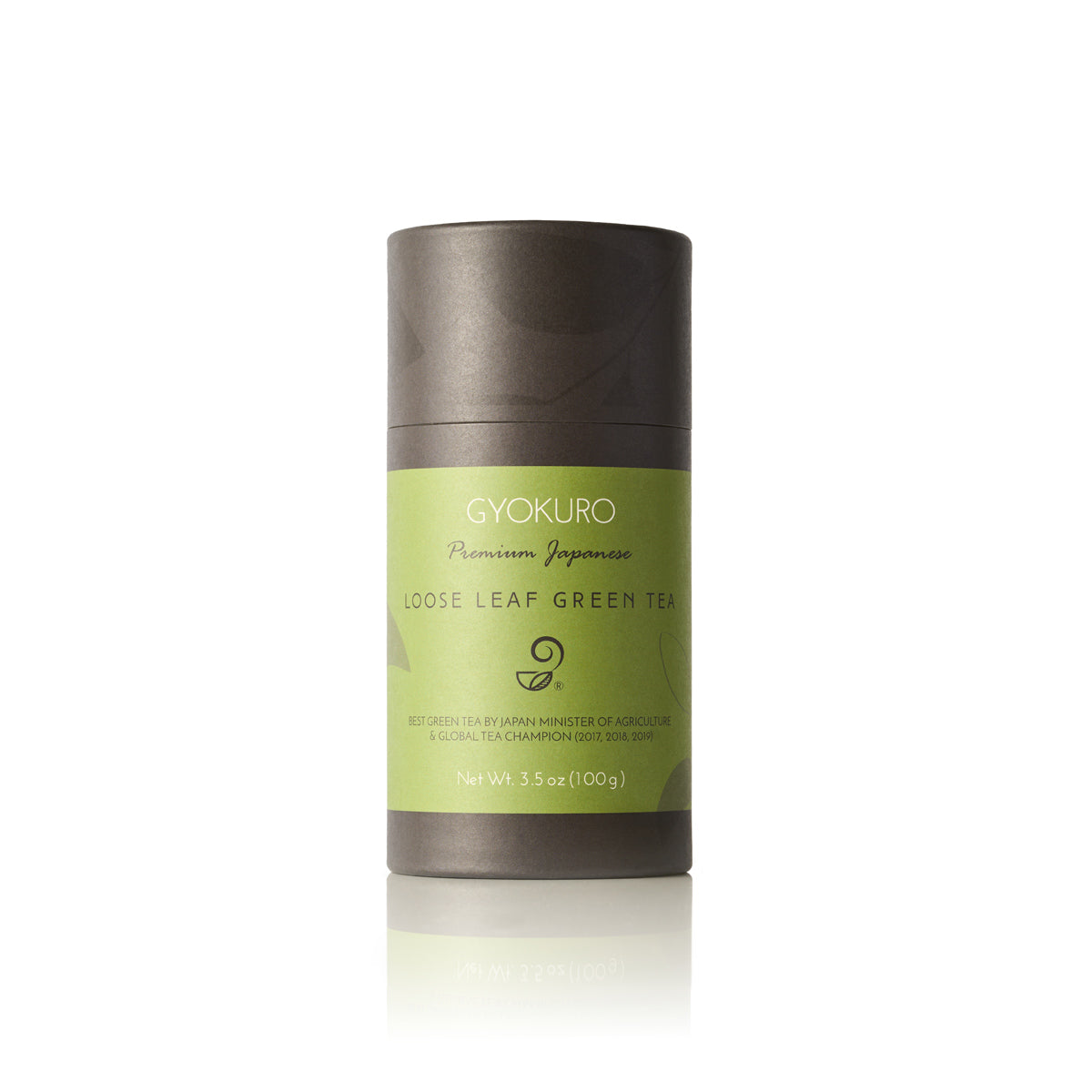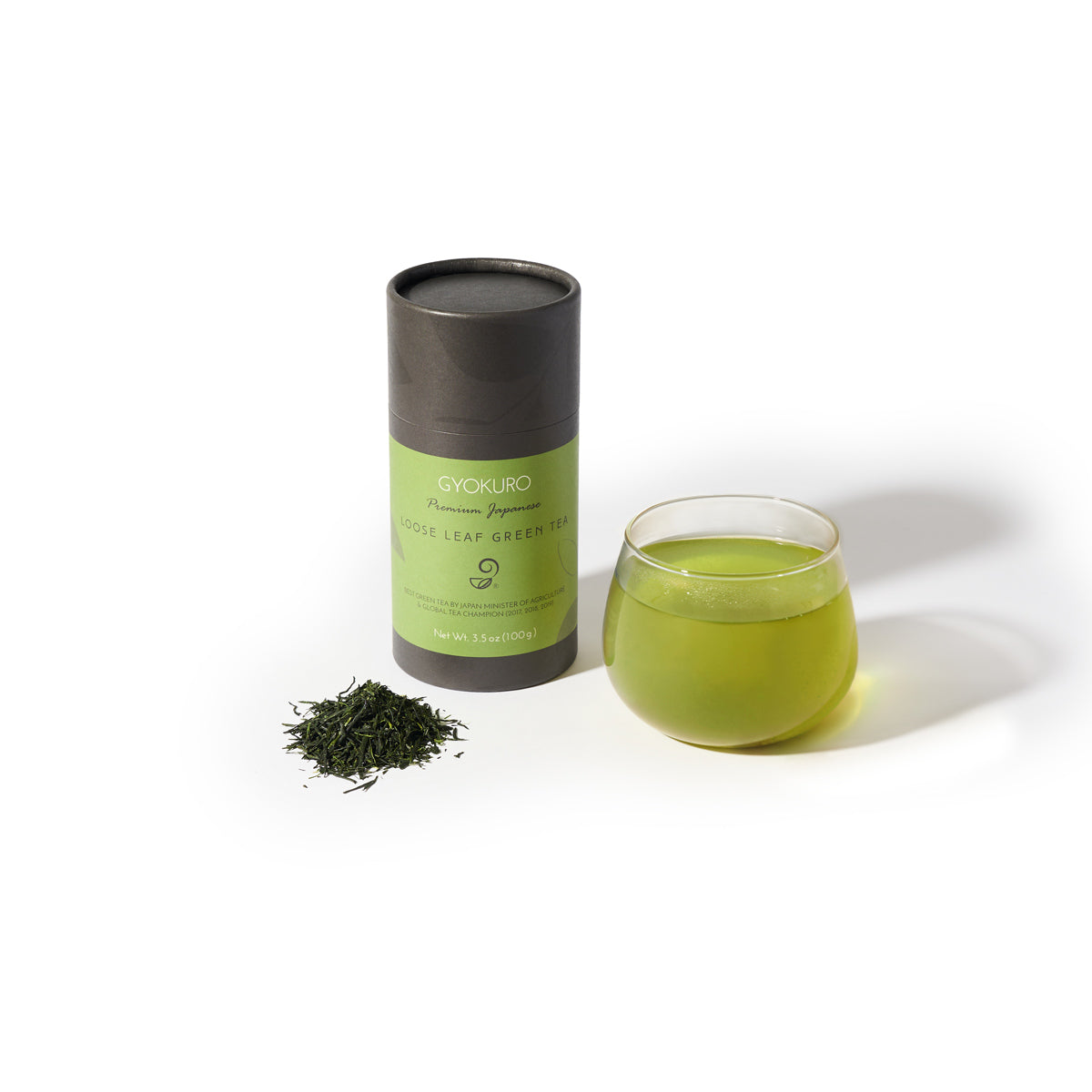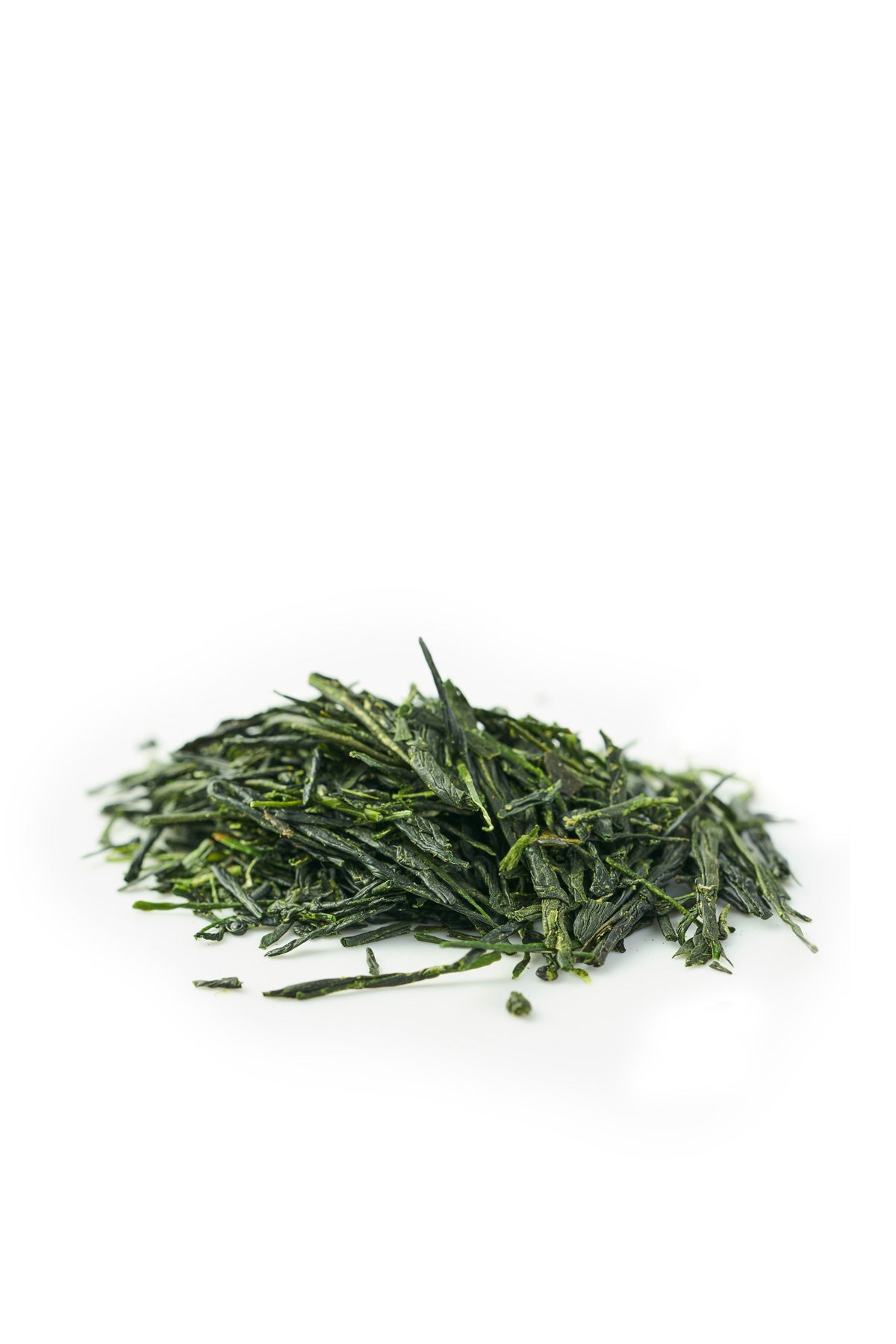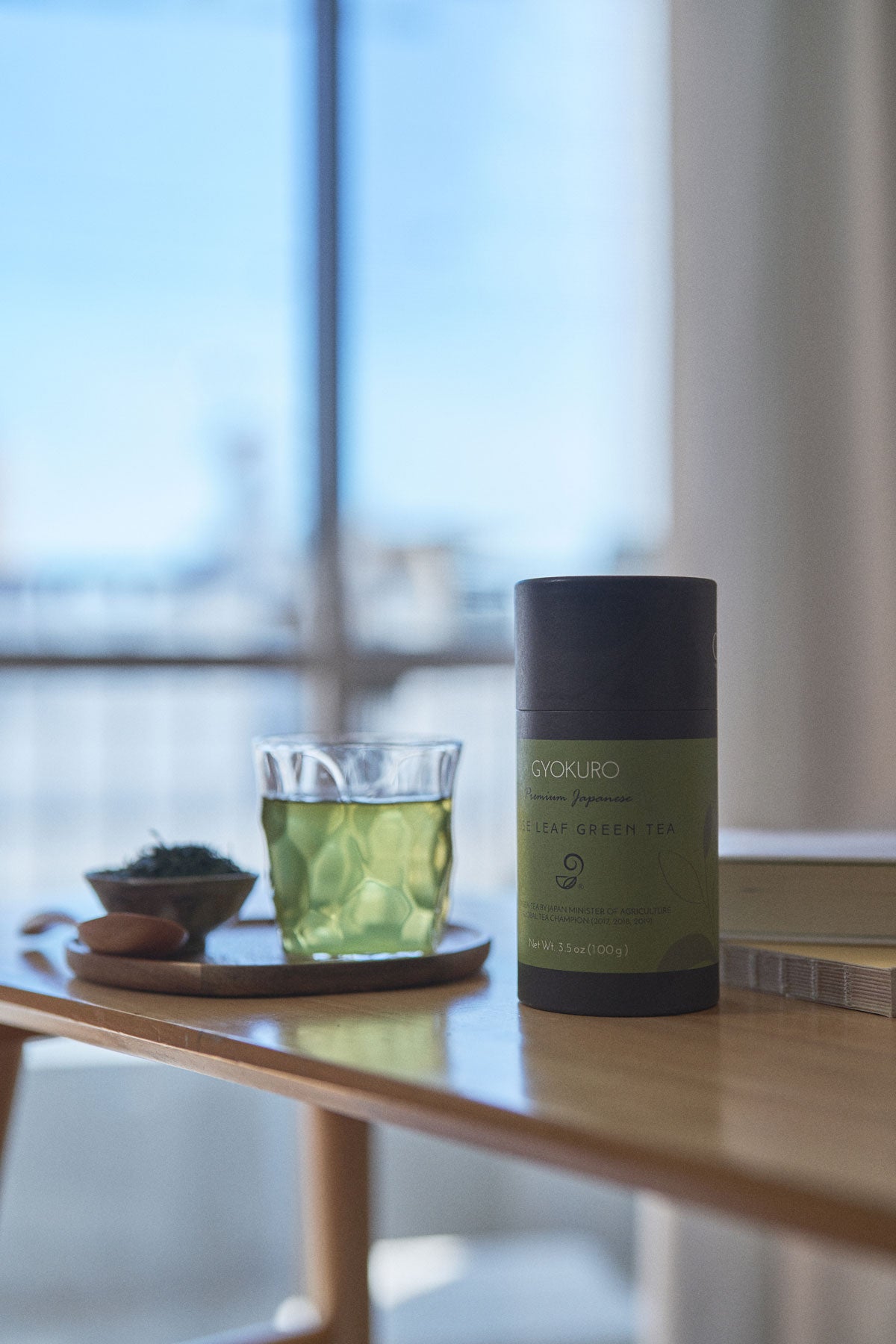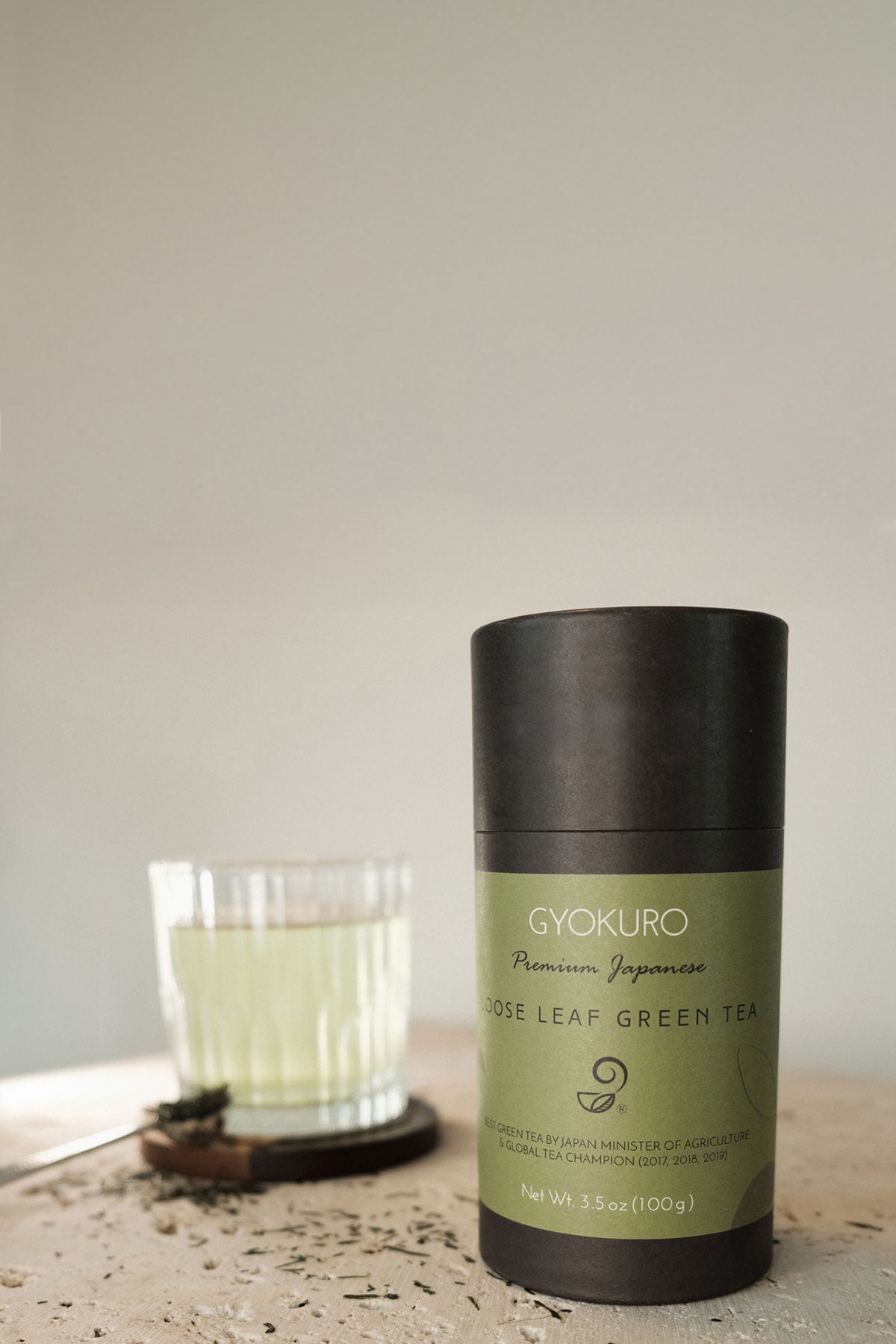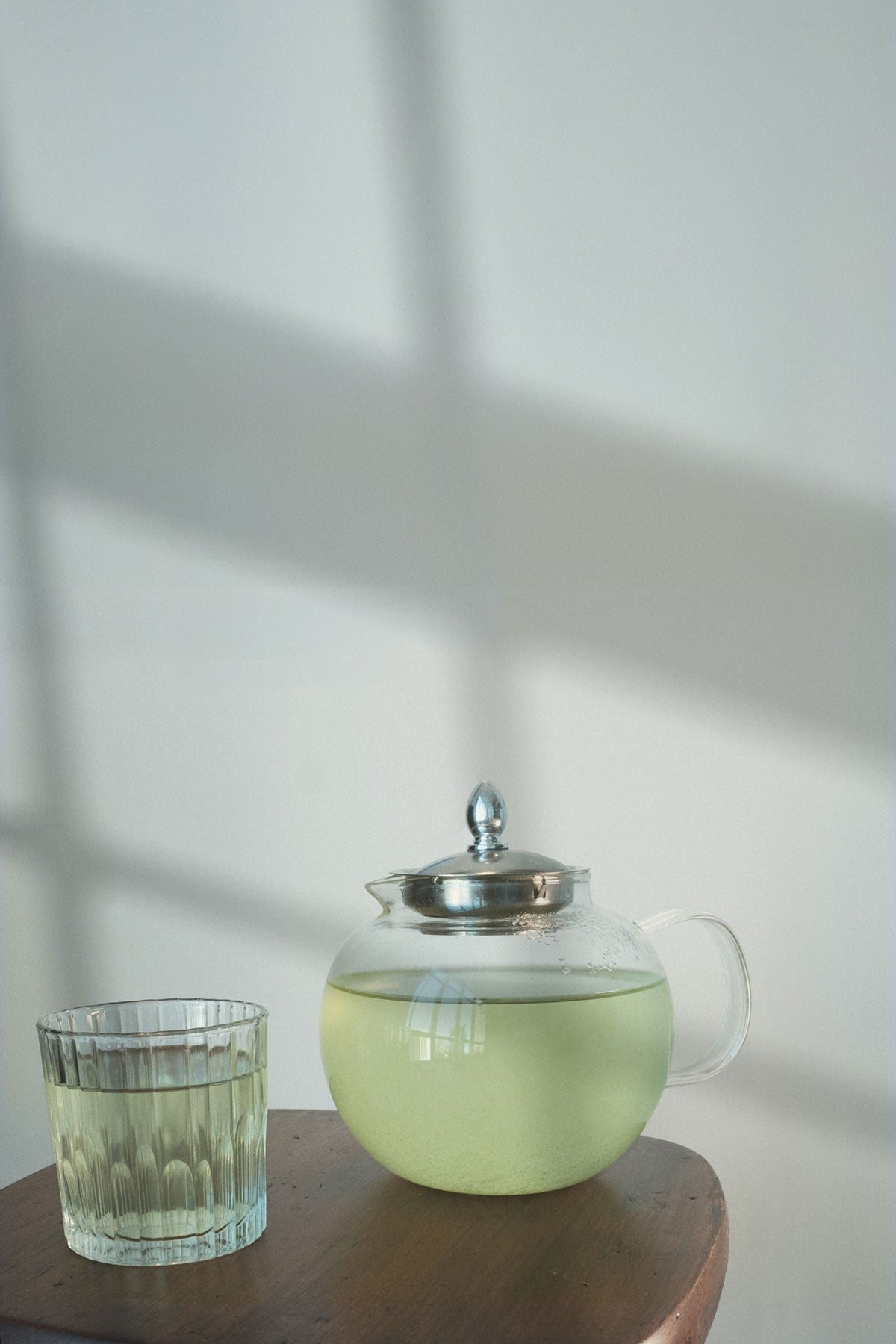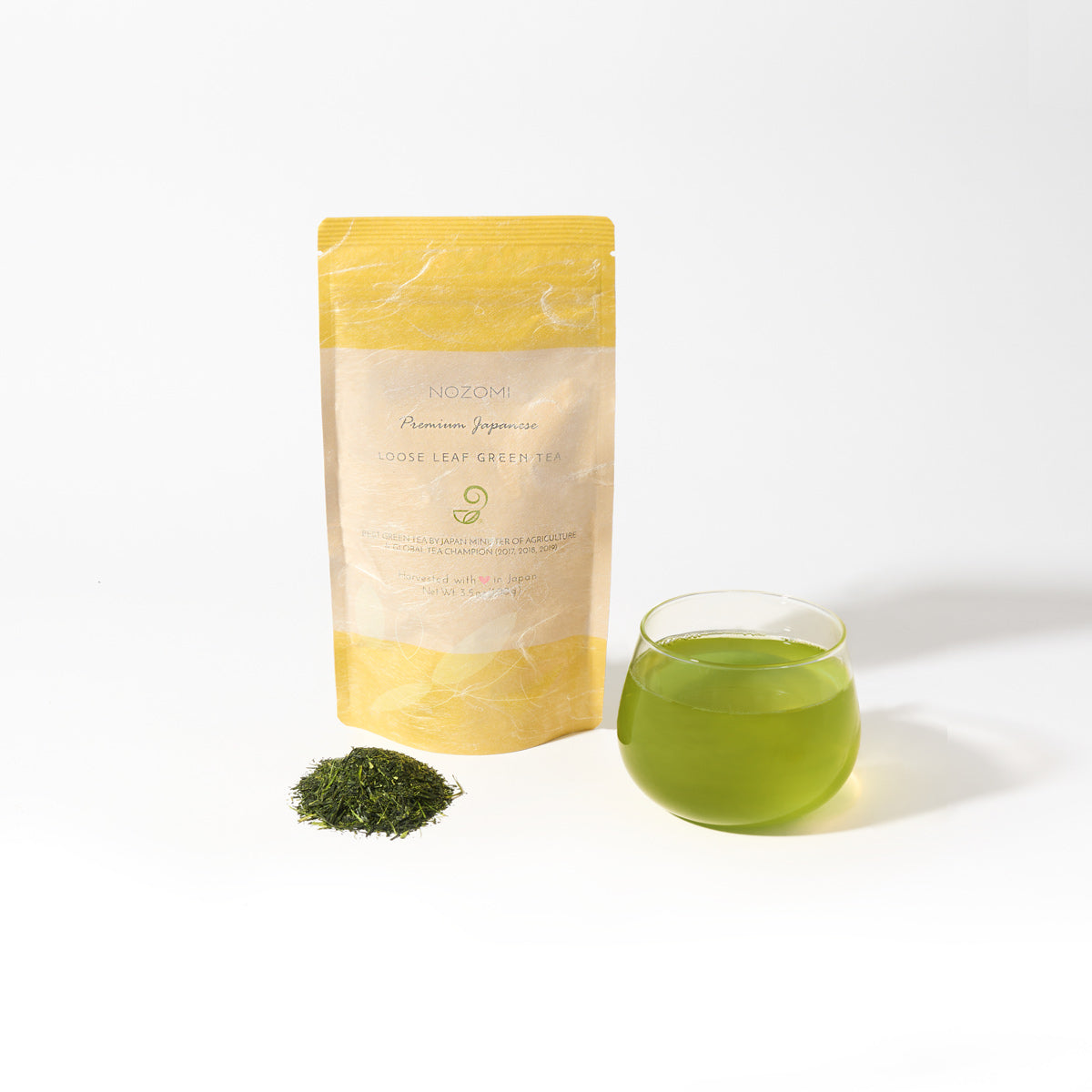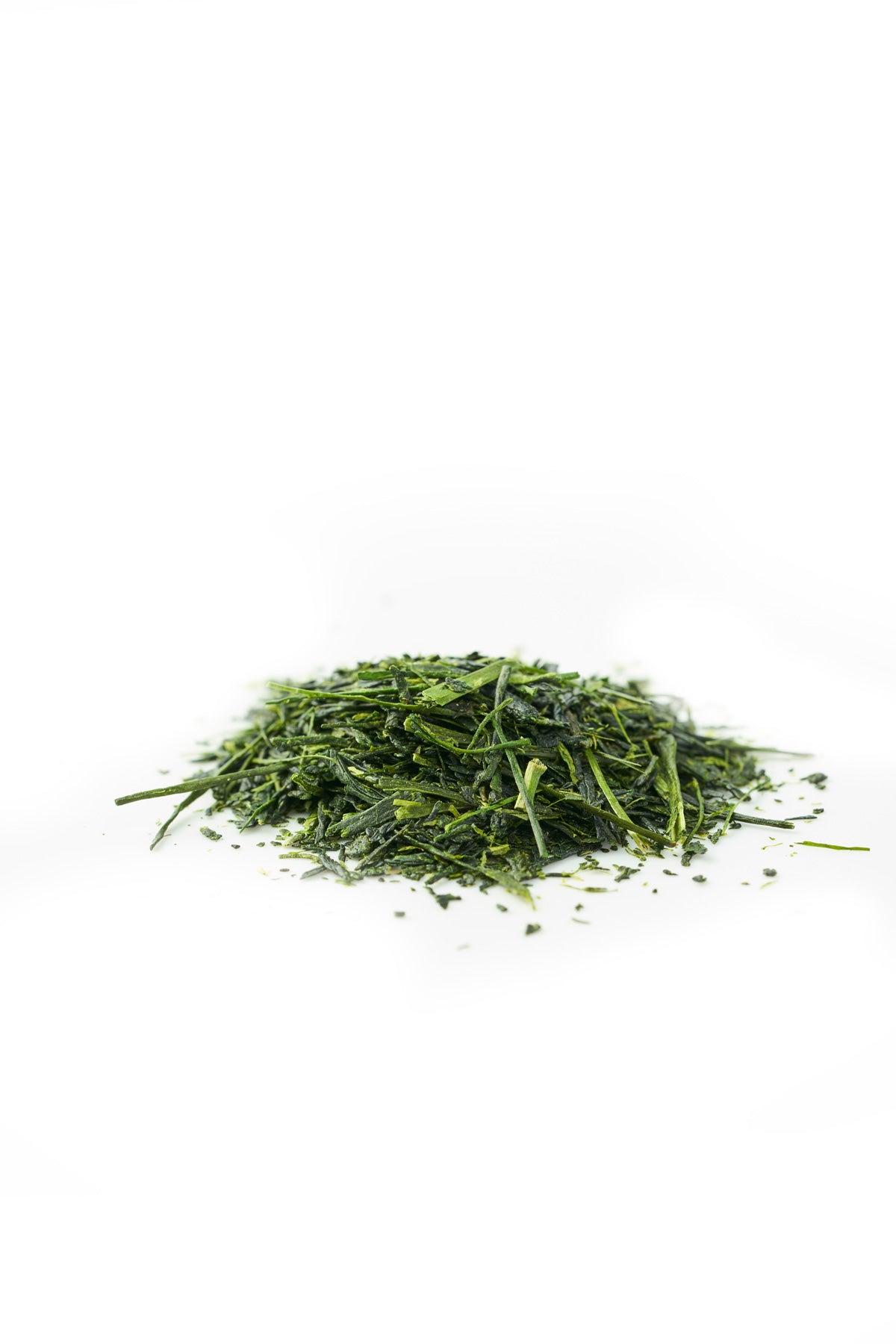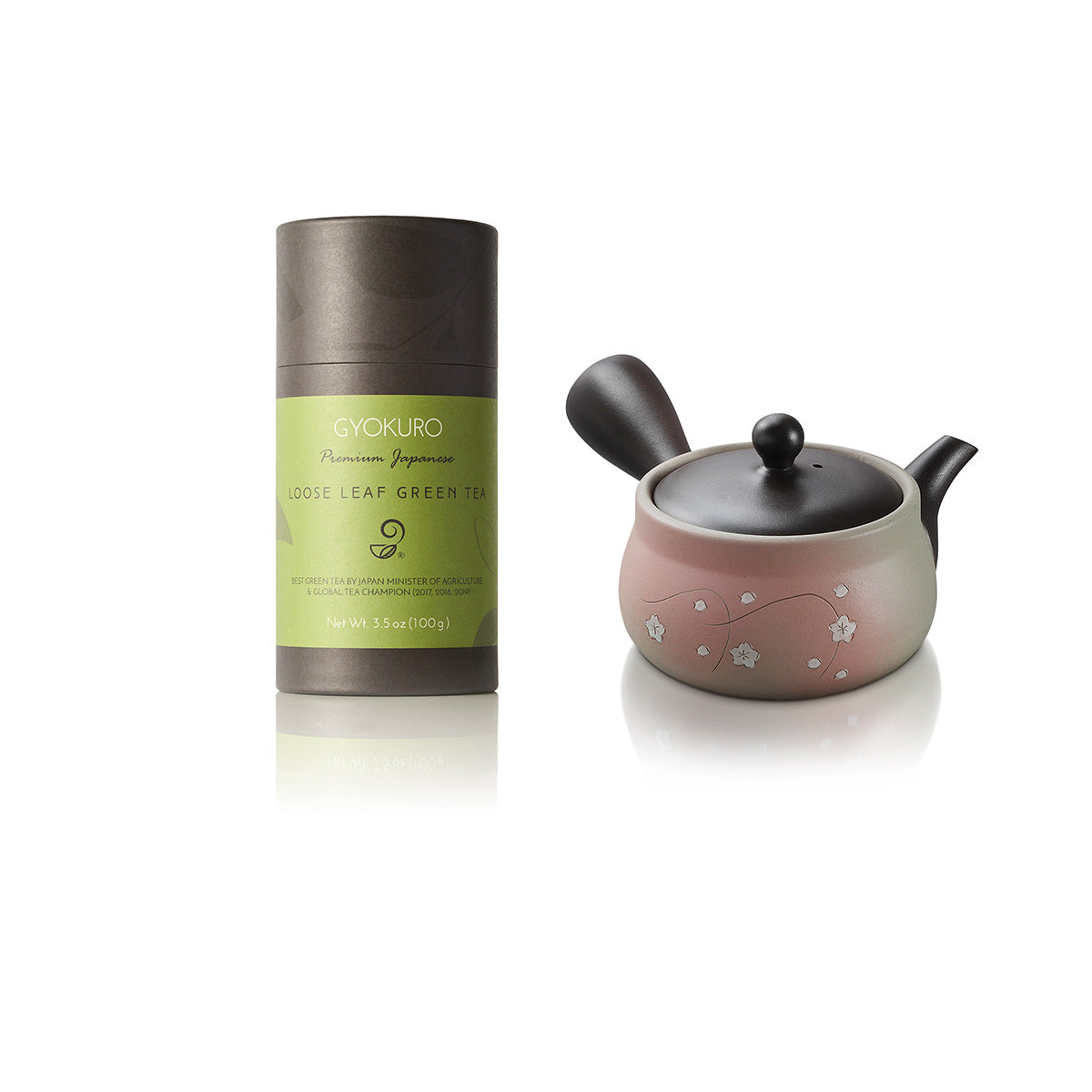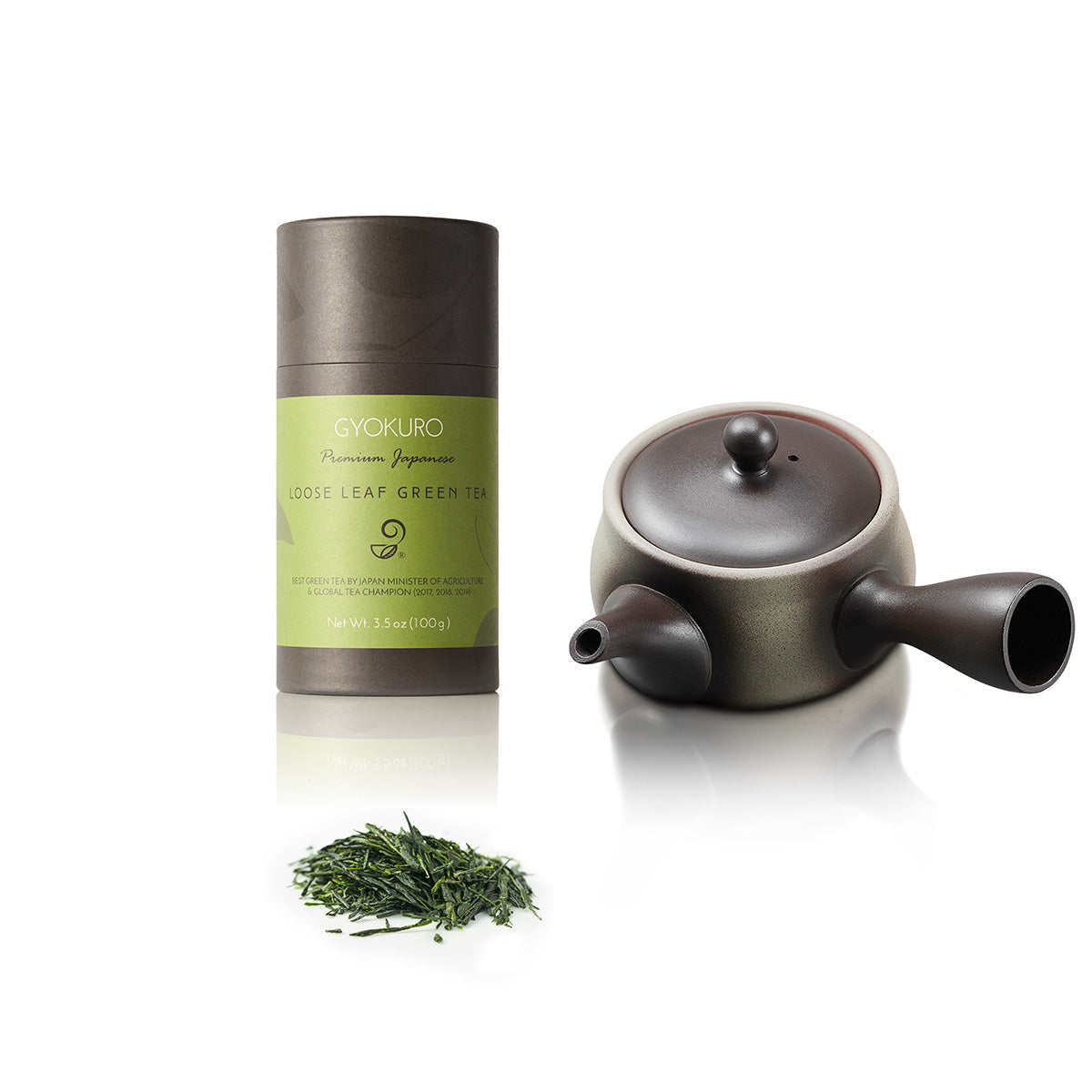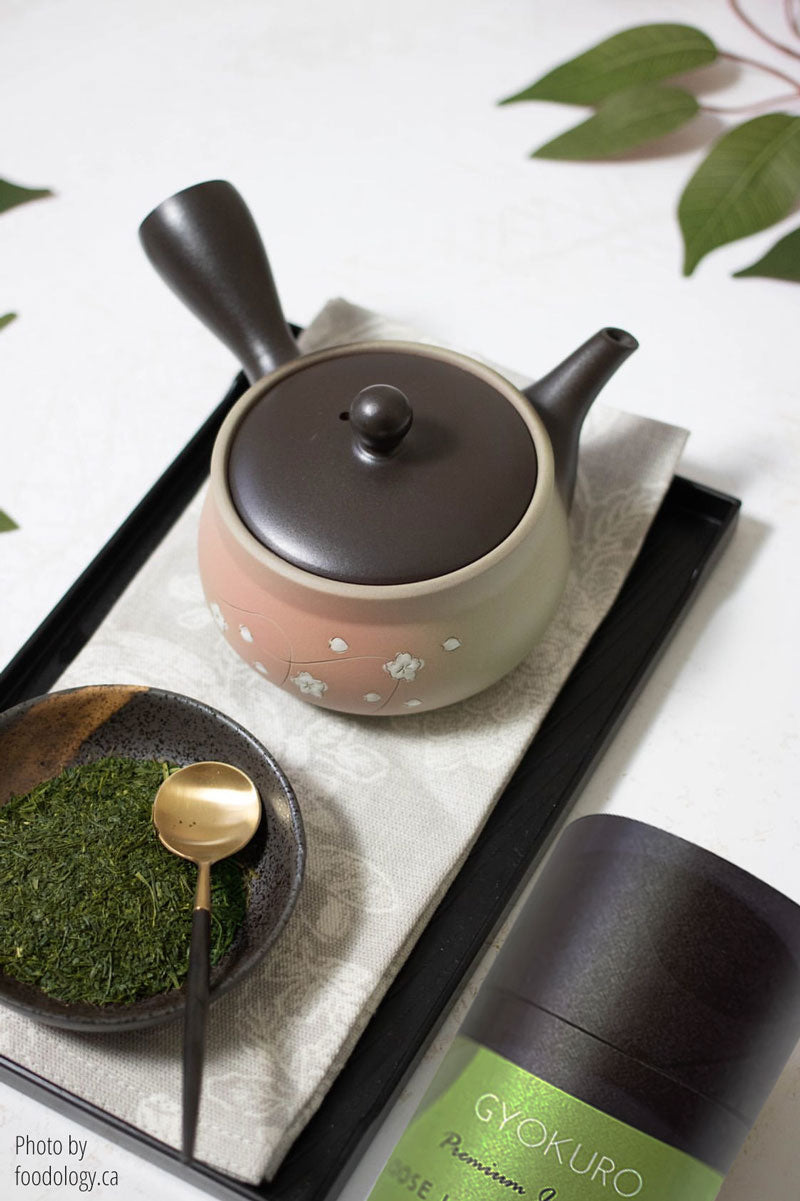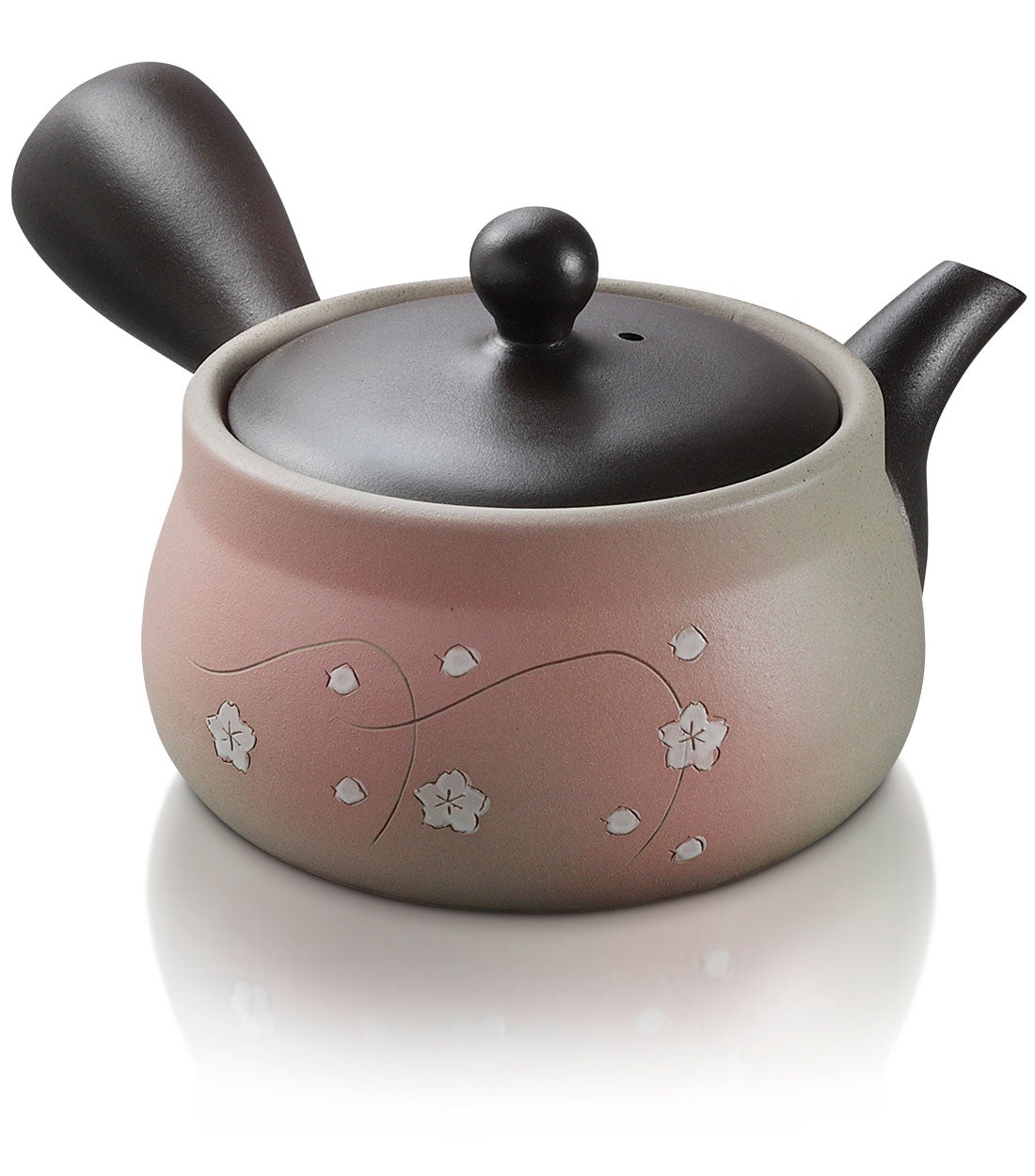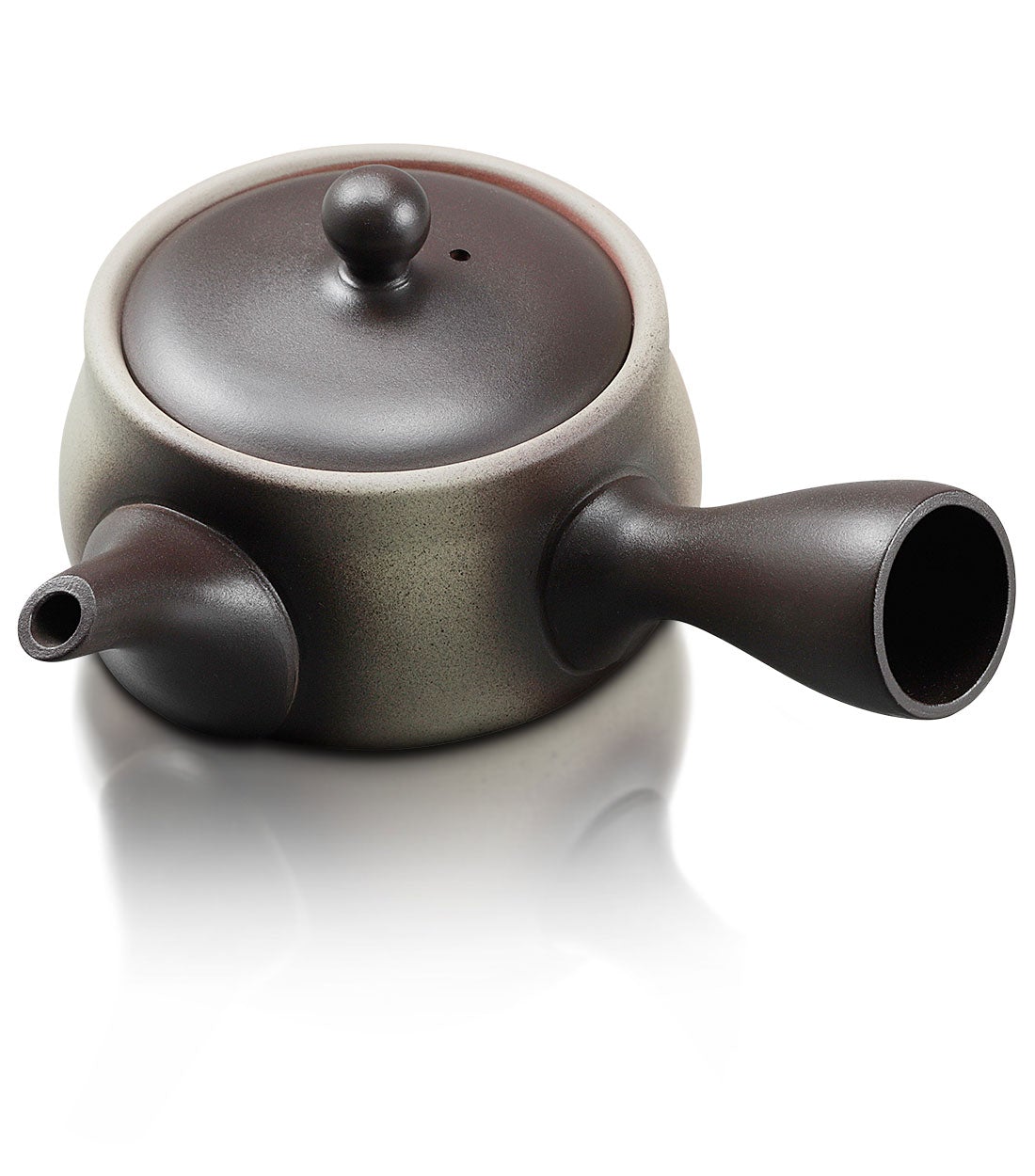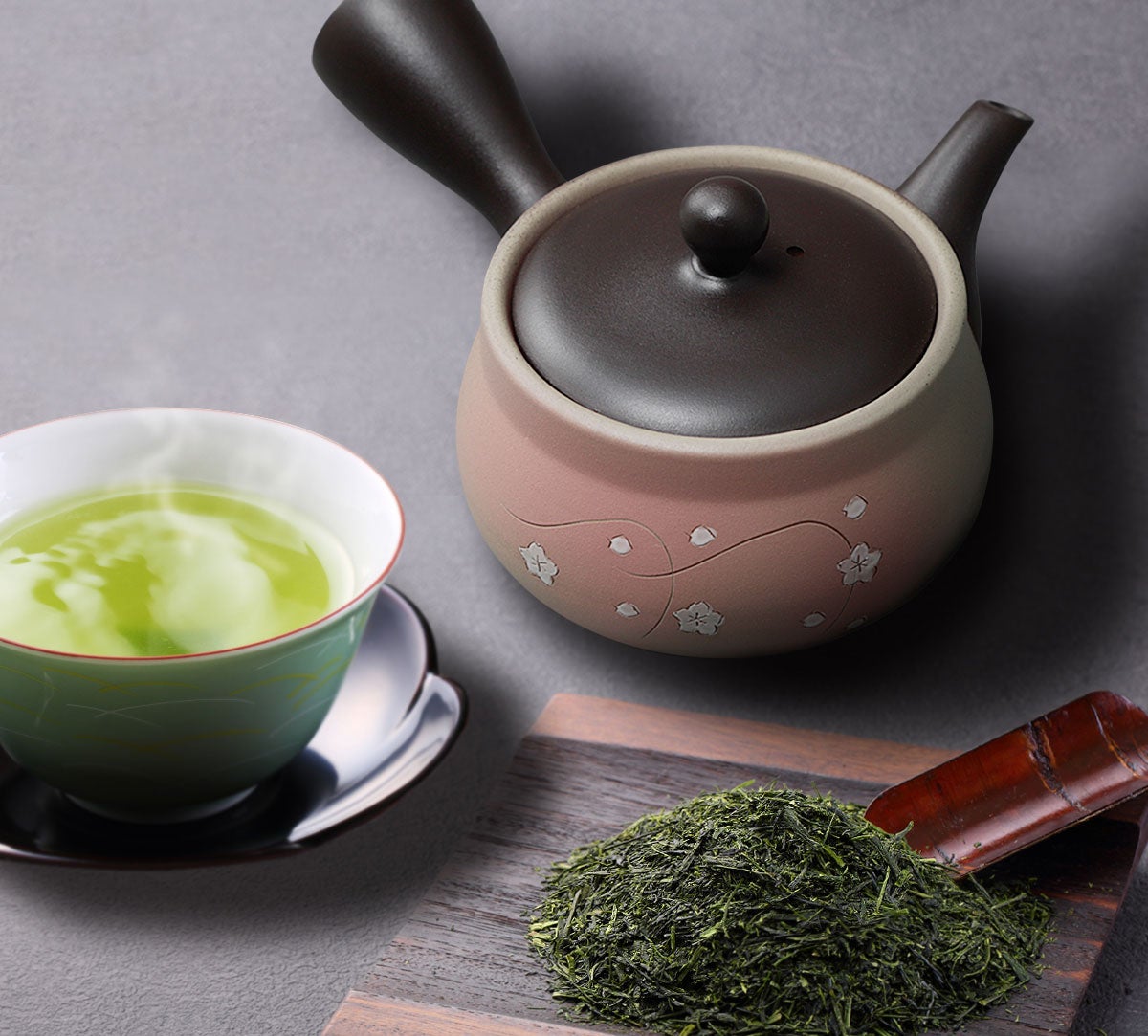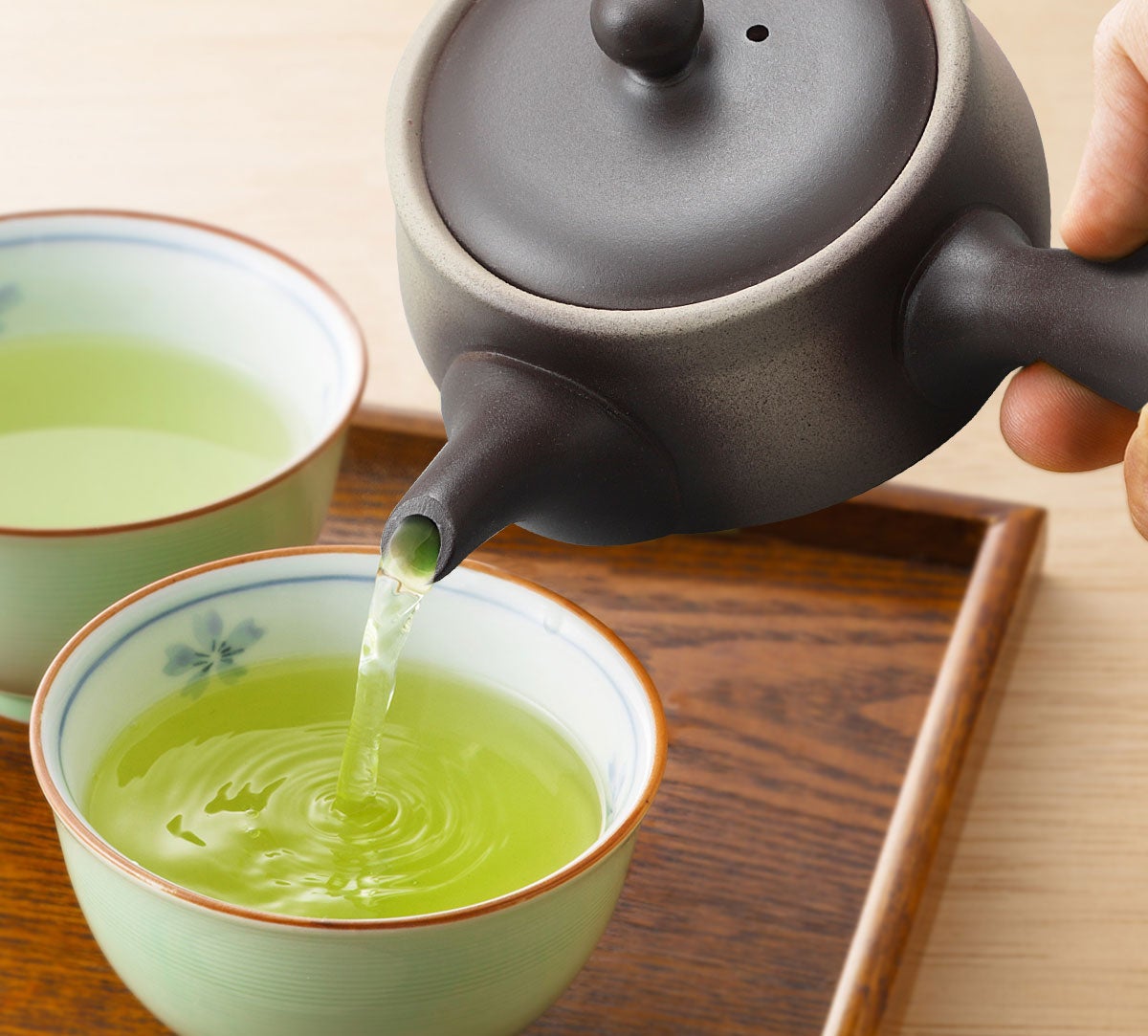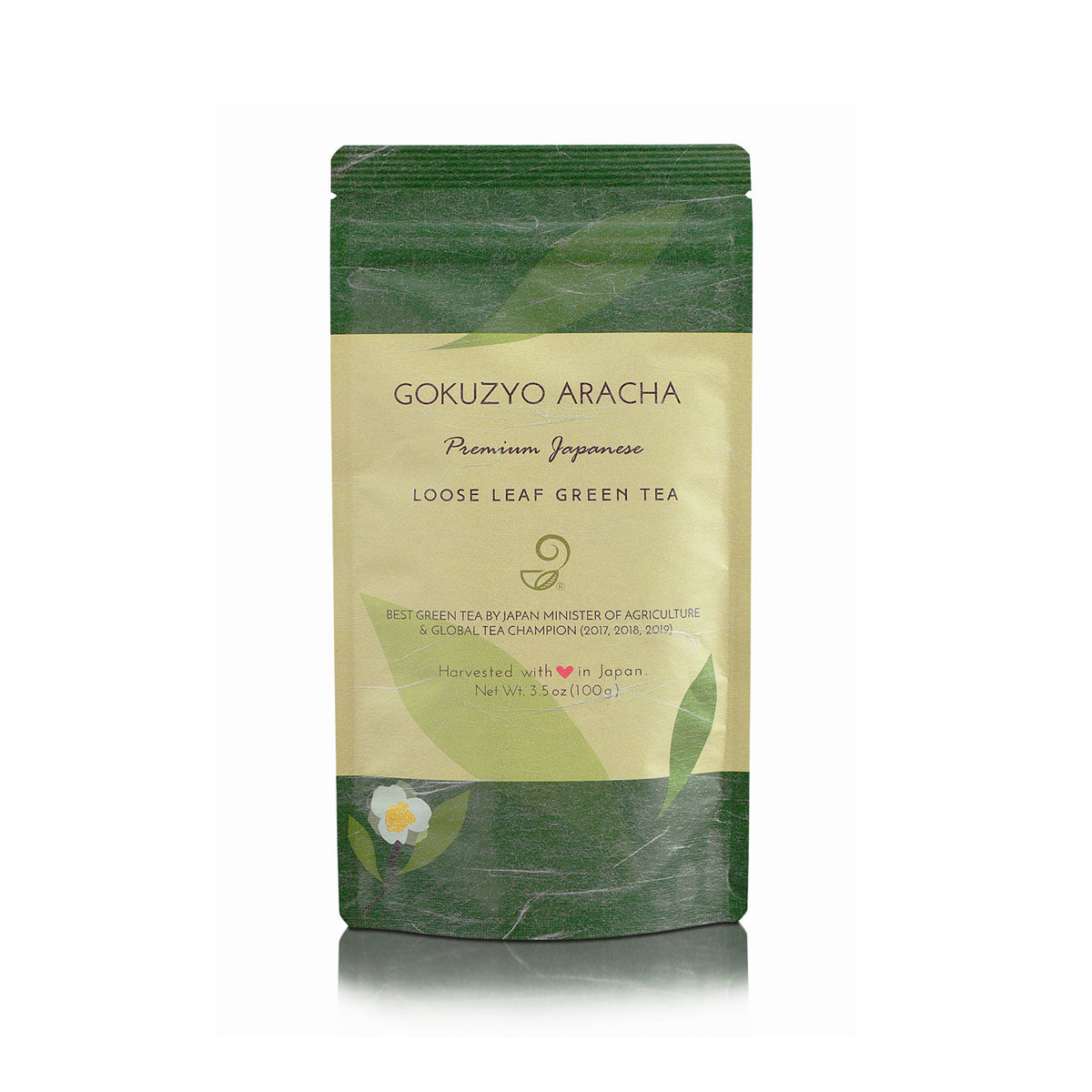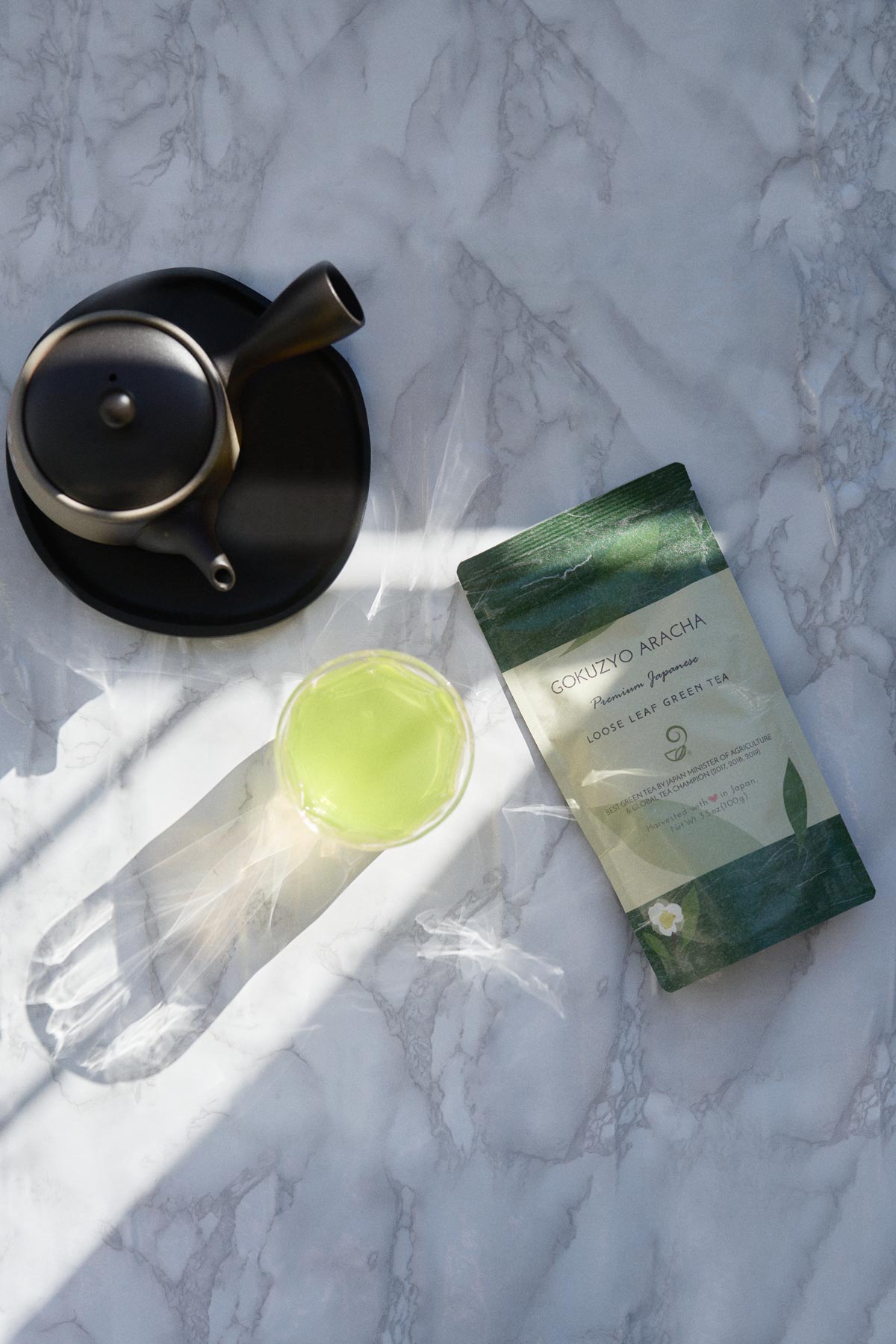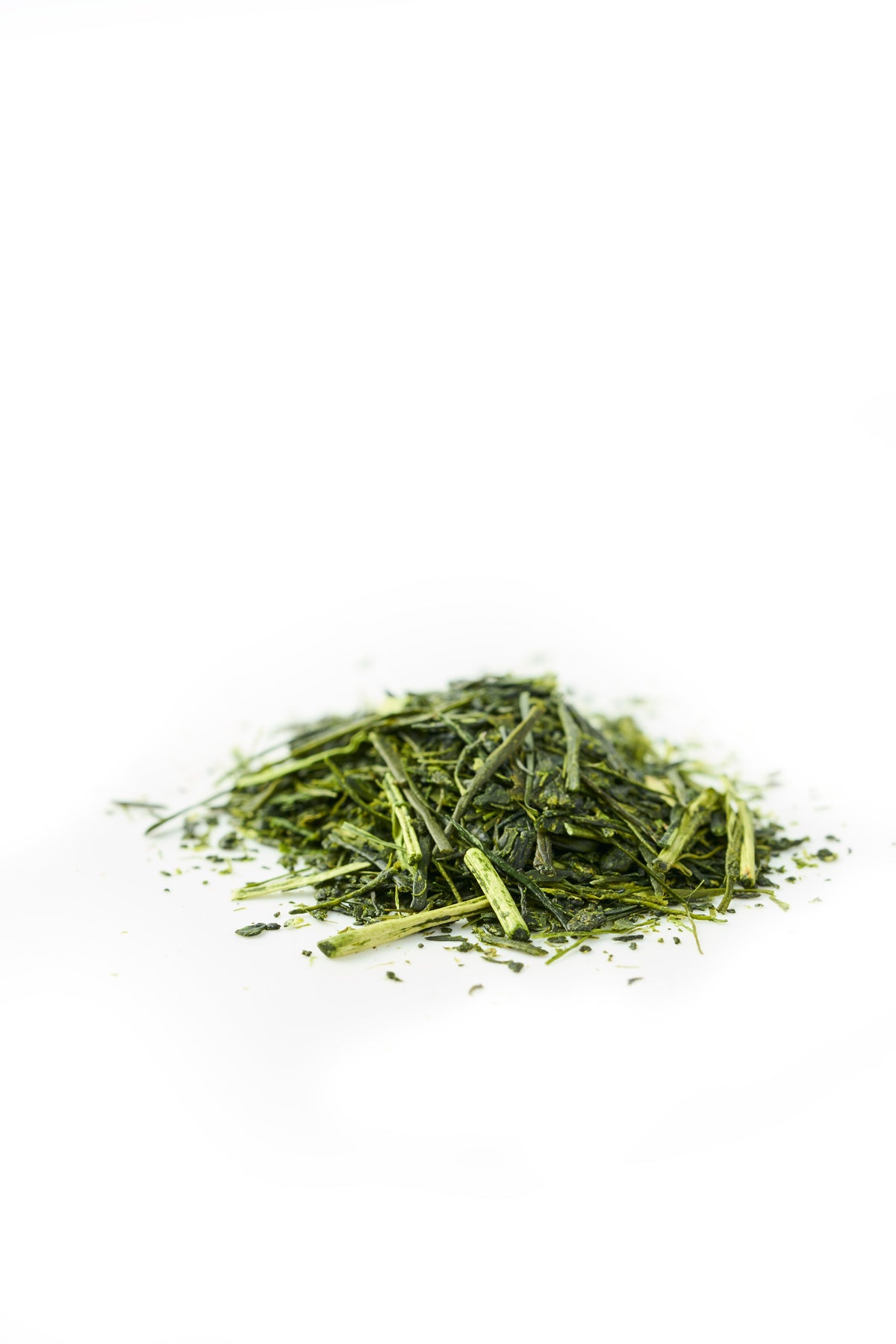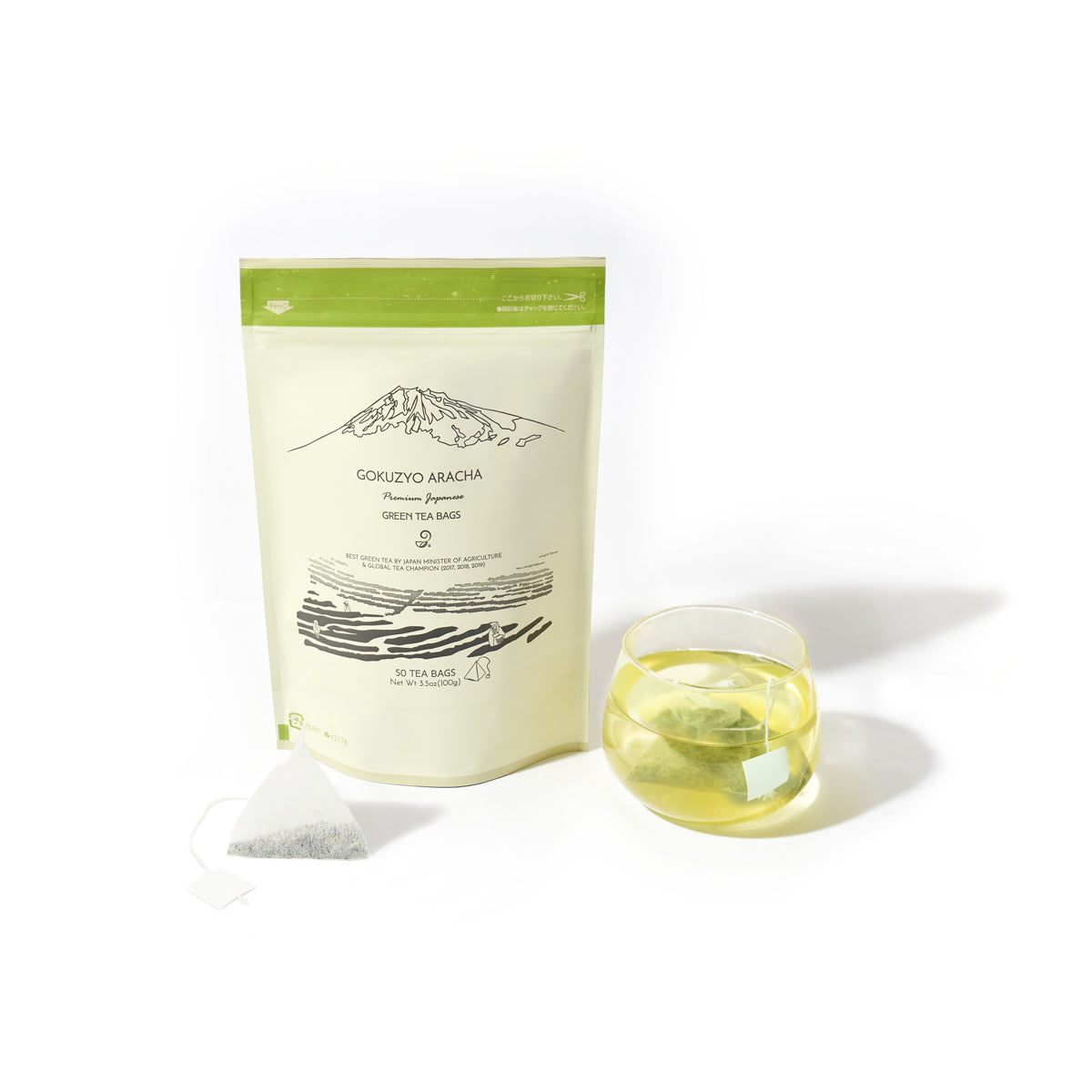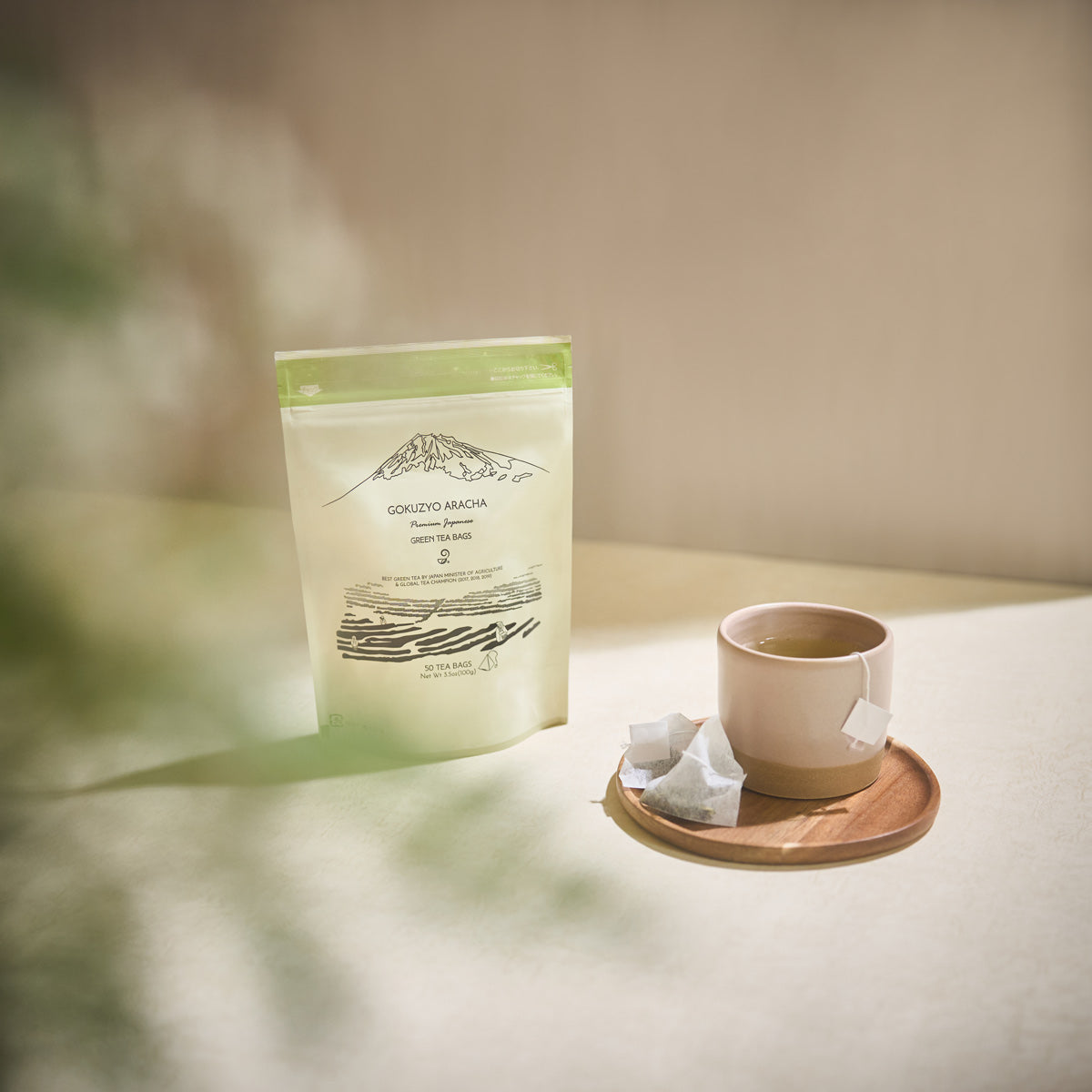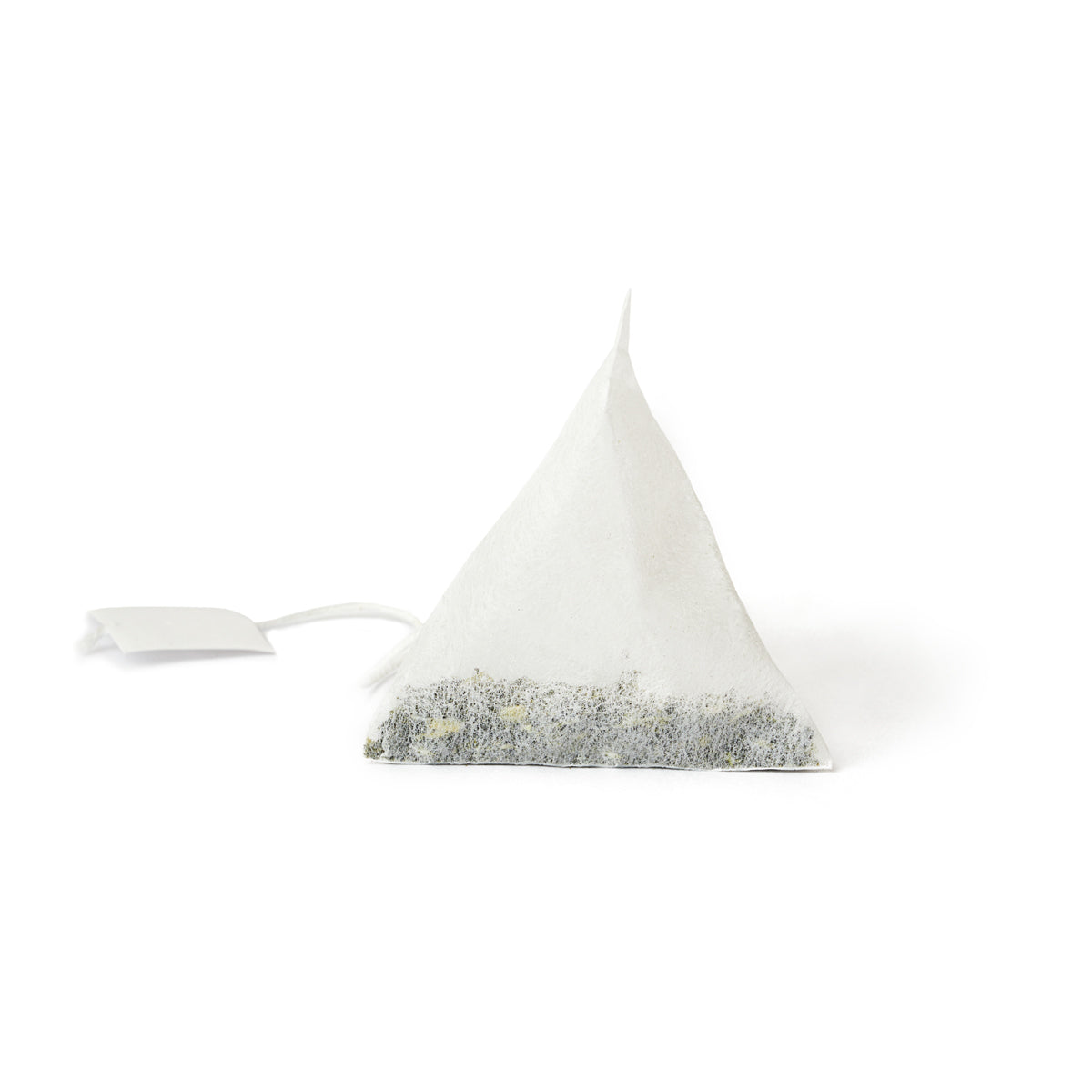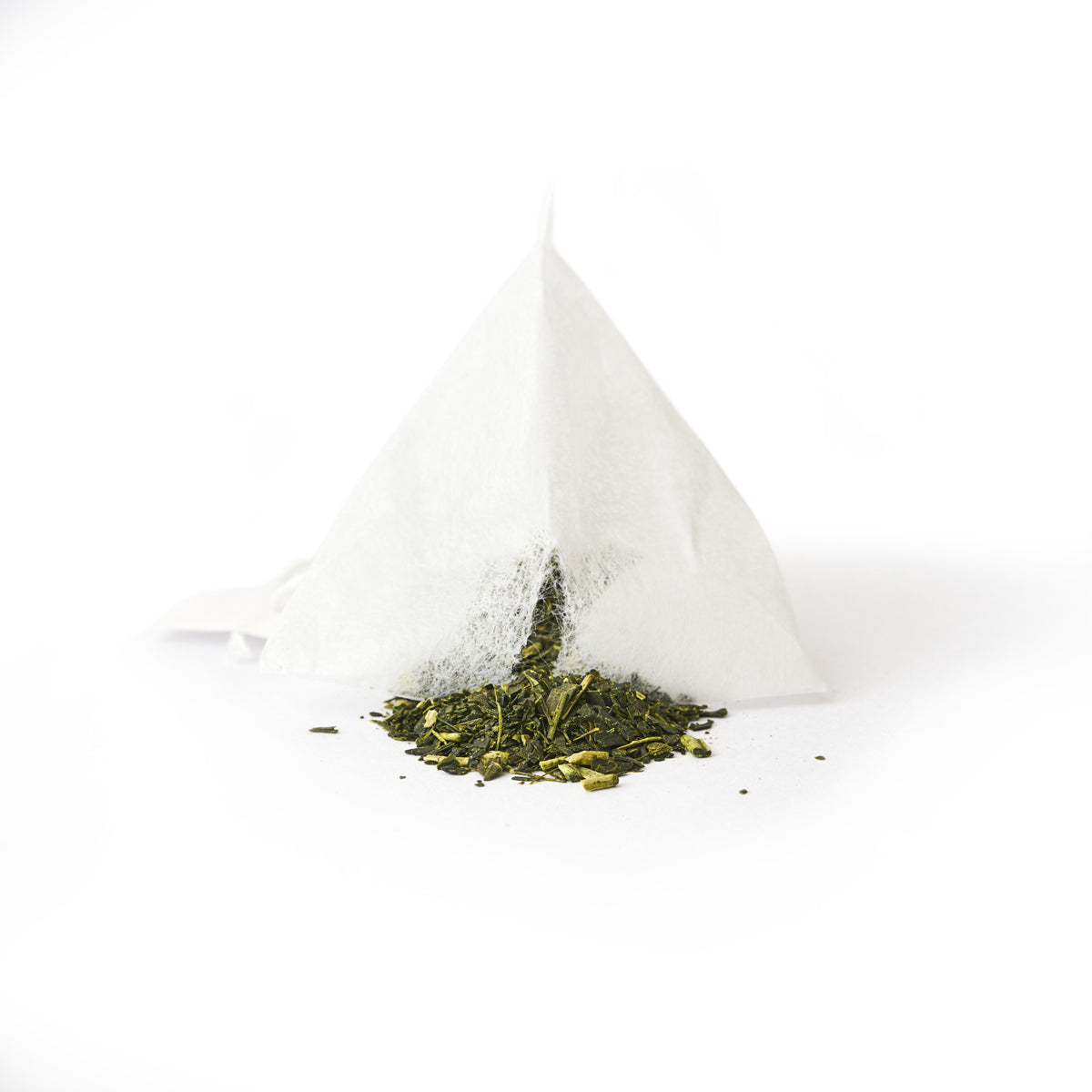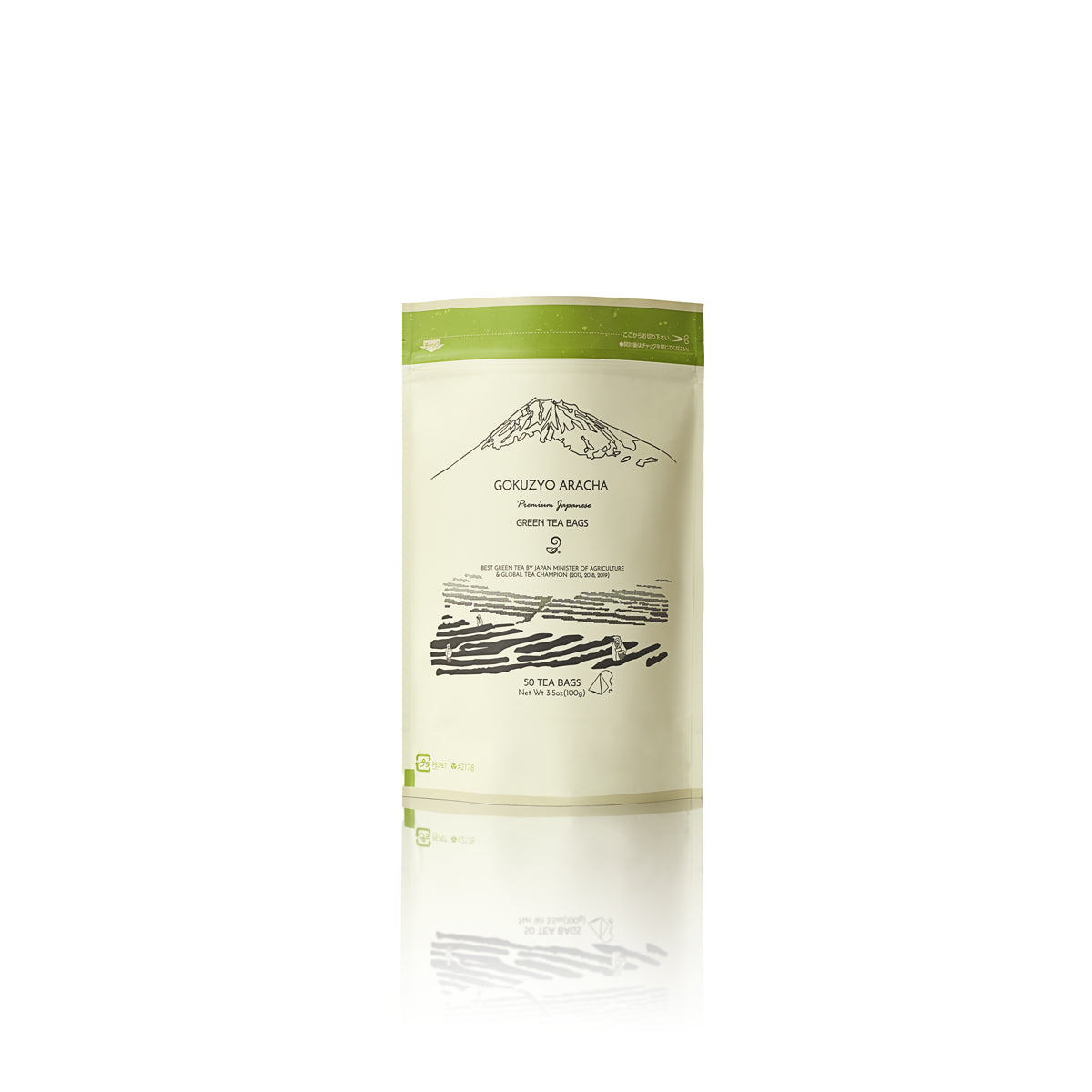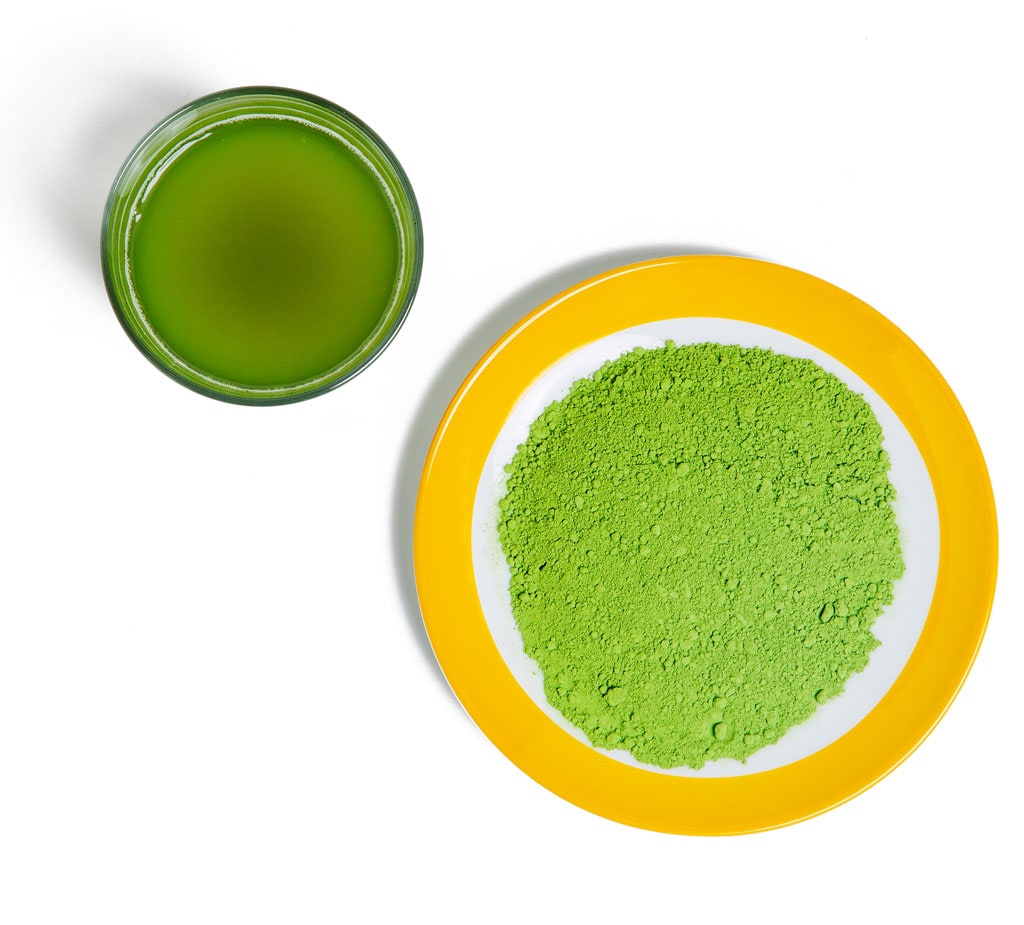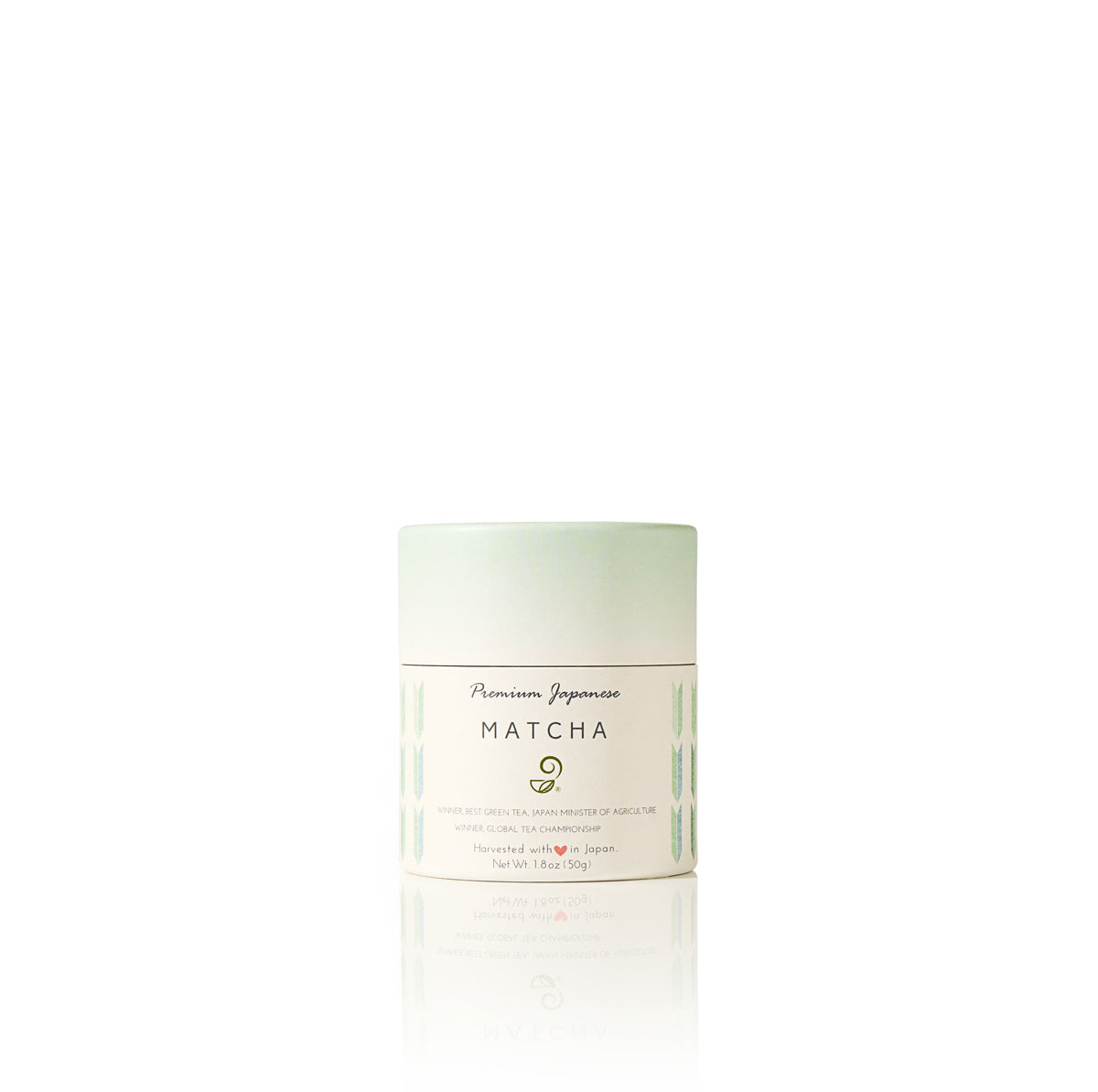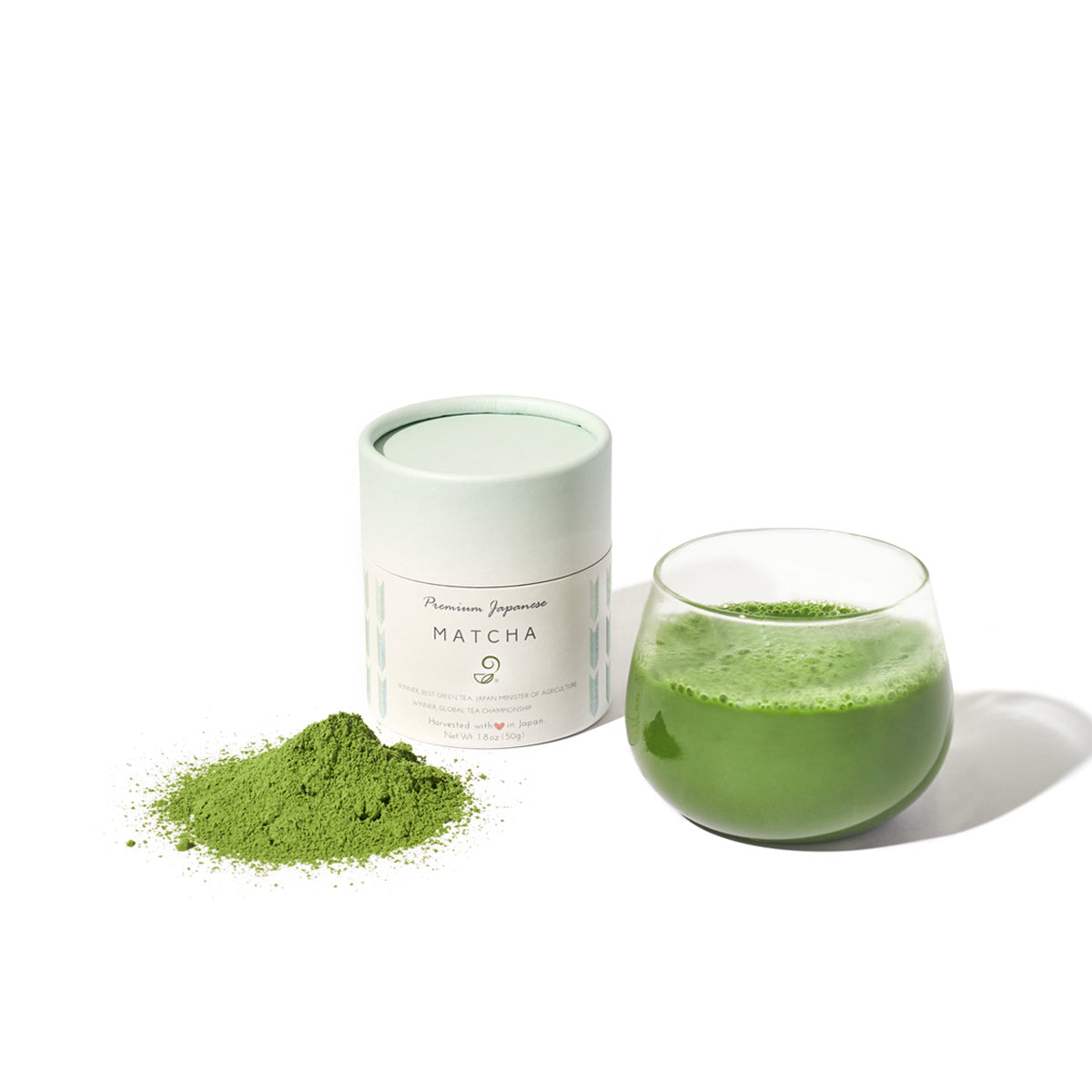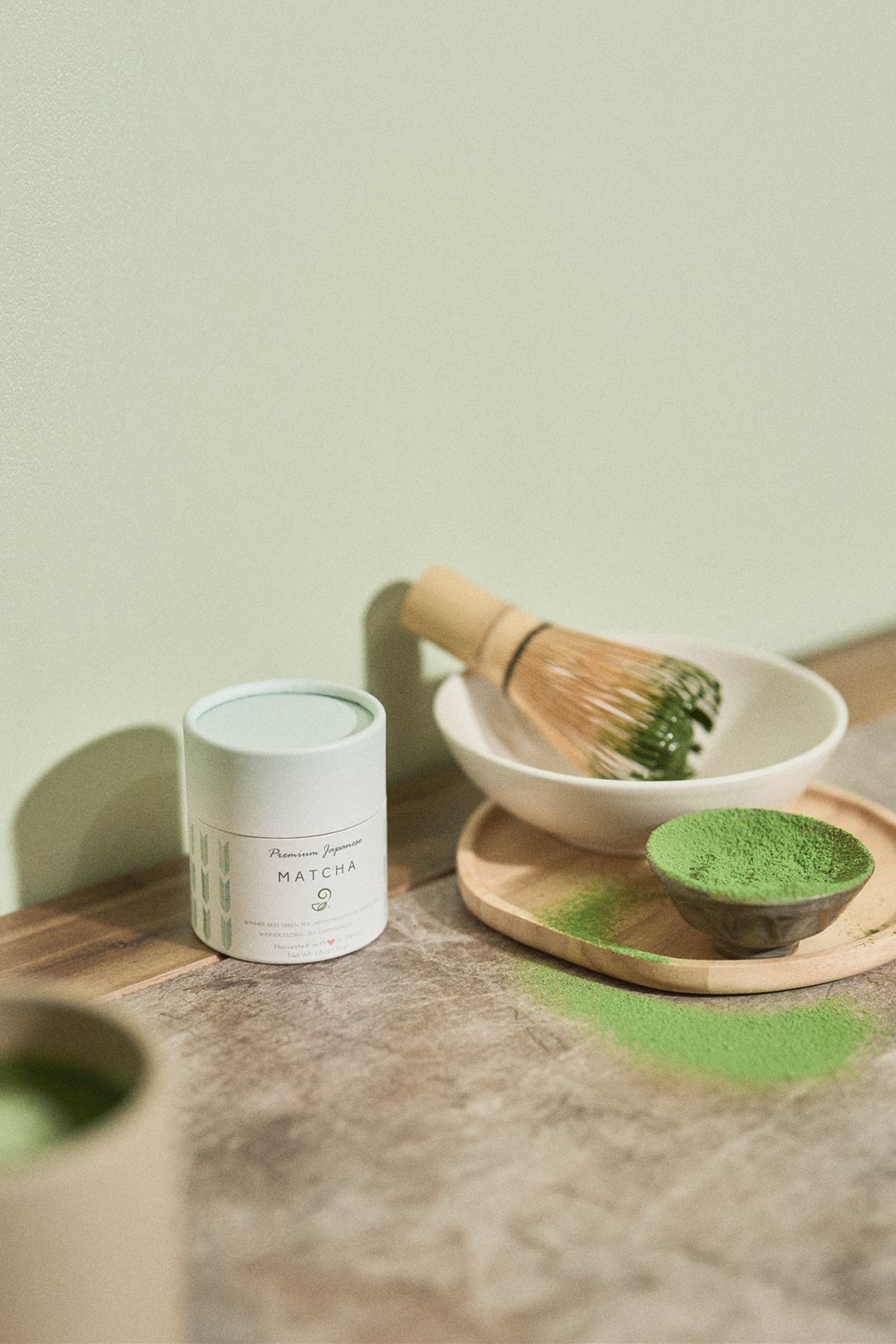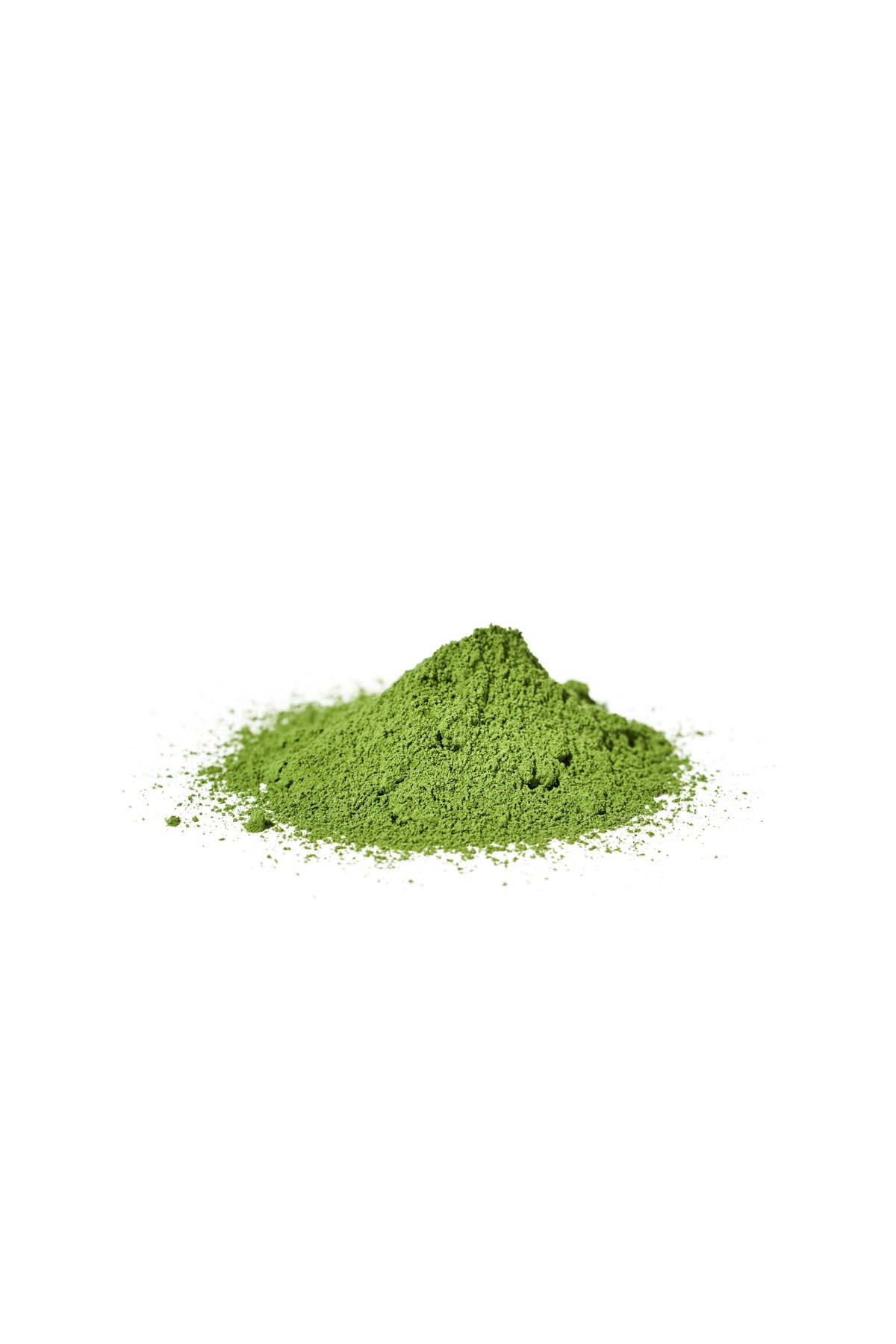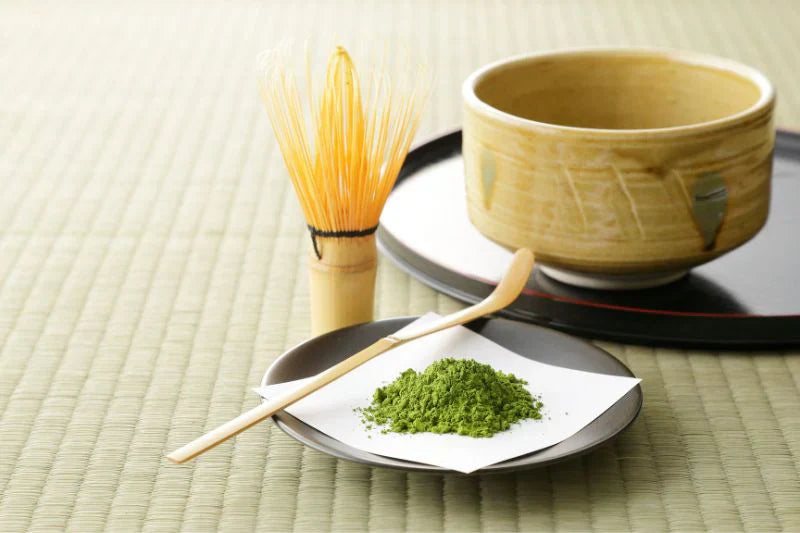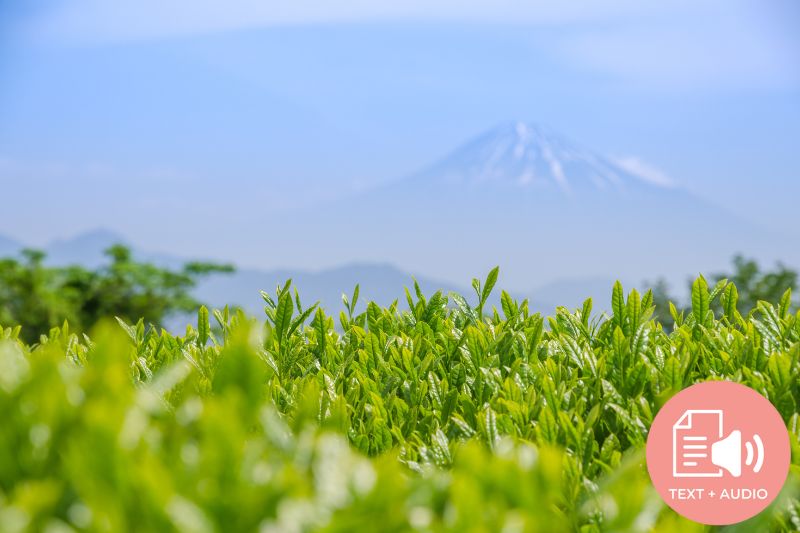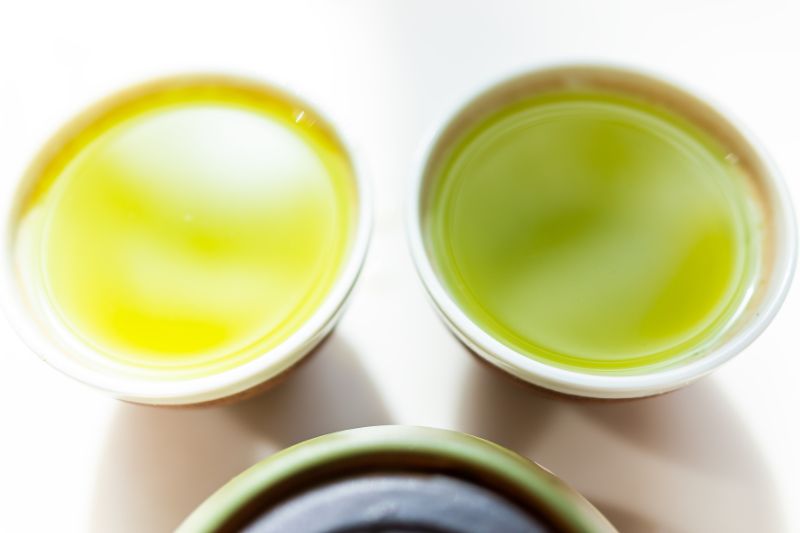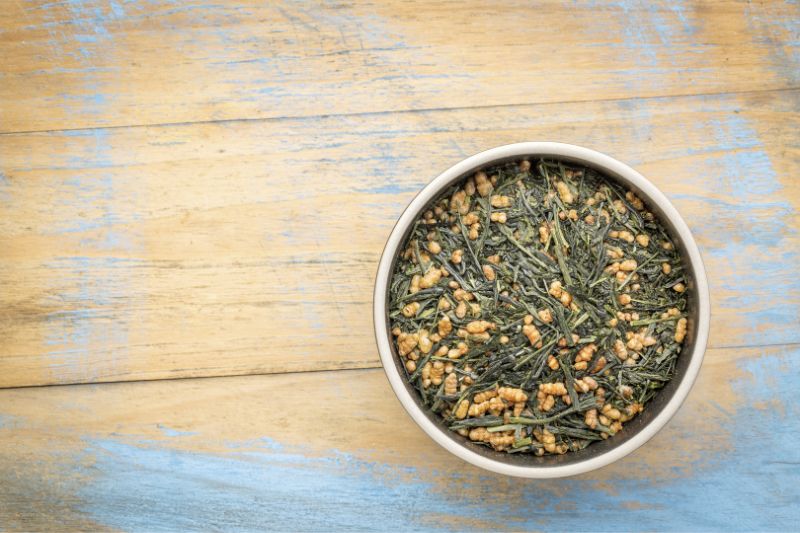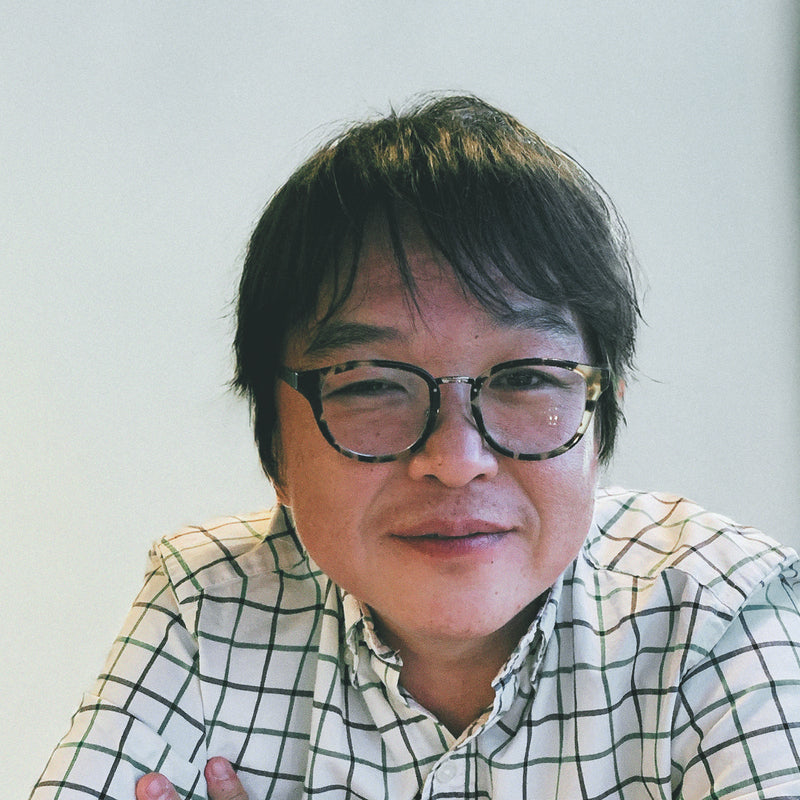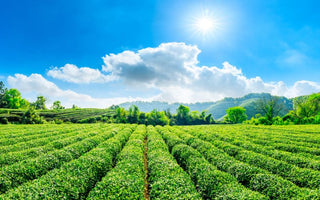The world of Japanese Green Tea is wide and wonderful, but it is sometimes confusing with all the terms used.
There are more than 100 total types of Japanese green tea names being used today. Names can refer to not the only type of tea, but they can also indicate which part of the tea plant is used, what kind of processing method was used, the name of the location where tea is farmed, etc.
For instance, the sencha you are drinking may be of type Yabukita cultivar, deeply steamed (fukamushi-cha), and grown in Shizuoka (shizuoka-cha) and could consist only of steam of tea plant called Kuki-cha.
Confused?
Below is a helpful list which breaks up all commonly used Japanese green tea names in a simpler grouping so that you can learn the differences and enjoy the journey of different type of Japanese green tea!
Understanding Japanese tea also involves appreciating its cultural depth and historical roots. Many of the names and classifications stem from centuries-old traditions passed down through generations of tea farmers and artisans. From the shaded fields of Uji to the volcanic soils of Kagoshima, each region imparts unique qualities to the leaves, influencing flavor, aroma, and color. Furthermore, Japanese tea is not just a beverage—it plays a role in seasonal rituals, wellness practices, and hospitality customs. By decoding the language of tea, you’re not just learning about a drink, but connecting to an intricate and meaningful way of life.
But before that, watch me explain ChaCha about what different types of tea means in general.
Video Length: 2 minutes 41 seconds
Click to Subscribe to my YouTube Channel
Since there is so many types of tea covered in this article, I have added a quick link list.
Click on the tea type you want from this list or scroll down to read all.
Most Commonly Known Japanese Tea Type
Tea Type Based on Part of Tea Plant
Tea Type Based on Covering Process
Tea Type Based on Season of Crop
- Ichiban-cha (First Crop Tea):一番茶
- Shin-cha: 新茶
- Niban-cha: 二番茶
- Sanban-cha: 三番茶
- Bancha (Coarse Tea): 番茶
Tea Type Based on Length of Steaming
- Fukamushi-cha (Deep Steam Tea):深蒸し茶
- Asamushi-cha (Light Steam Tea): 浅蒸し茶
- Futsumuch or Namamushi (Medium Steamed Tea): 普通蒸し、中蒸し
Tea Type Based on Oxidization Level
Tea Type Based on Location of Farm
- Uji Cha :宇治茶
- Shizuoka Cha:静岡茶
- Kawane Cha : 川根茶
- Kagoshima Cha:鹿児島茶
- Ise Cha: 伊勢茶
- Sayamacha:狭山茶
- Minou-cha :美濃茶
- Kaga Bocha :美濃茶
Most Commonly Known Japanese Tea Type
-
Sen-cha: 煎茶


This is the most commonly consumed green tea in Japan. For instance, when people talk about "Green Tea", they are mostly referring to this type of tea. When the row green tea is made into a beverage by infusing in hot water, it is called Sen-cha.
Most of the Japanese style green tea is steamed whereas Chinese style green tea is generally pan heated (except hojicha which is Japanese and panfried); Sen-cha refers to the type of tea which is steamed in Japanese style. The teas mentioned below include Kabuse-cha (Covered Tea), Fukamushi-cha (Deep Steam Tea), Ichiban-cha (First Crop Tea) and Aracha (Crude Tea) which are all considered sub-type of Sen-cha.Sencha’s popularity stems not only from its refreshing taste but also from its versatility and balance of flavor. Depending on the region, season, and steaming duration, sencha can range from light and grassy to bold and umami-rich. This adaptability makes it a daily staple for millions of Japanese households. Additionally, sencha is often the gateway for newcomers to Japanese tea culture, as it embodies the classic green tea profile that many associate with wellness, mindfulness, and tradition. Whether enjoyed hot, cold, or as part of a ceremonial practice, sencha’s broad appeal makes it a cornerstone of Japan’s tea identity.
Steeping Suggestion: 2 teaspoon - 70°C (175°F) - 90 sec. - 365 ml (8oz)
Click below for more complete details of sencha and commonly asked questions about sencha
Everything You Need To Know About Sencha Green Tea

-
Macha: 抹茶


Matcha is a powder made of tea leaves which have been grown in the shades and sheltered from direct sunlight. As a result, these tea plants grow much slower, which means that they produce higher chlorophyll levels in their leaves. This is the reason why matcha leaves usually have an intense shade of green.
Most tea company categorize matcha into two grades: ceremonial grade and culinary grade. Culinary grade is used for cooking and priced lower; culinary grade is used for tea ceremony and higher grade.
Matcha used in tea ceremony is usually categorized in two types: Koicha (thick tea used in formal ceremony) and Usucha (used in less formal ceremony)
Macha is the form used for traditional Japanese tea ceremonies despite Sen-cha being the most common type of tea consumed in Japan.What sets matcha apart from other teas is that the entire leaf is consumed, rather than steeped and discarded. This means you receive a concentrated dose of antioxidants, amino acids (especially L-theanine), and caffeine in every serving. The combination of L-theanine and caffeine provides a calm, sustained focus—making matcha popular not only in traditional tea rituals but also among modern wellness enthusiasts, students, and creatives. In recent years, matcha has transcended its ceremonial roots and gained international fame as a superfood, appearing in lattes, smoothies, desserts, and even skincare products.
Steeping Suggestion: 2 teaspoon - 80°C (185°F) - until dissolved - 365 ml (8oz)

Read more about differences between matcha vs sencha here.
-
Ryoku-cha (Row Green Tea): 緑茶
The word “Ryoku-cha” directly translates to "Green Tea" in English, and it is referred to as the parent category of all other Japanese Green Teas. Ryokucha is the parent category of both steamed (sencha) and pan-fried green tea. Therefore, sencha, hojicha, gyokuro and also matcha can all be considered sub-categories of ryokucha.
Because ryokucha is a broad category, it serves as a foundation for understanding the diversity within Japanese green teas. Whether a tea is shaded, roasted, powdered, or pan-fried, if it retains the vibrant green color and is derived from unoxidized Camellia sinensis leaves, it typically falls under ryokucha. In everyday Japanese life, the term “ryokucha” is often used on packaging or in restaurants to indicate standard green tea, even if the specific subtype isn’t mentioned. Understanding this umbrella term helps tea drinkers navigate menus, product labels, and tea discussions with greater clarity and confidence.
Steeping Suggestion: 2 teaspoon - 70°C (175°F) - 90 sec. - 365 ml (8oz)
-
Cha (or ocha):茶 (お茶)
Cha means "tea" in Japanese and does not specify a specific kind of tea. Therefore, you often see "cha" in names of tea. The word is written in Chinese Character in Japan, and the origin of the word is from China where it is also called "cha" in many dialects including Mandarin. The word "Chai" also originates from the same Chinese word.
Ocha means the same as “cha” except that the "o" makes the word more formal. If you are talking with a respectful person such as the elderly, you would use the word, “ocha” rather than “cha” to give more respect to the word.
In Japanese culture, the way “cha” or “ocha” is used goes beyond language—it reflects social etiquette and cultural mindfulness. Adding the respectful "o" prefix, known as honorific speech (keigo), is common when referring to food and drink in polite conversation. This linguistic nuance emphasizes the cultural importance of tea in Japan, where offering a cup of ocha is often a gesture of hospitality, harmony, and care. You’ll hear “ocha” used at home, in restaurants, and in formal tea gatherings, signaling how deeply woven tea is into the fabric of daily Japanese life.
Steeping Suggestion: 2 teaspoon - 70°C (175°F) - 90 sec. - 365 ml (8oz)
-
Gyokuro: 玉露
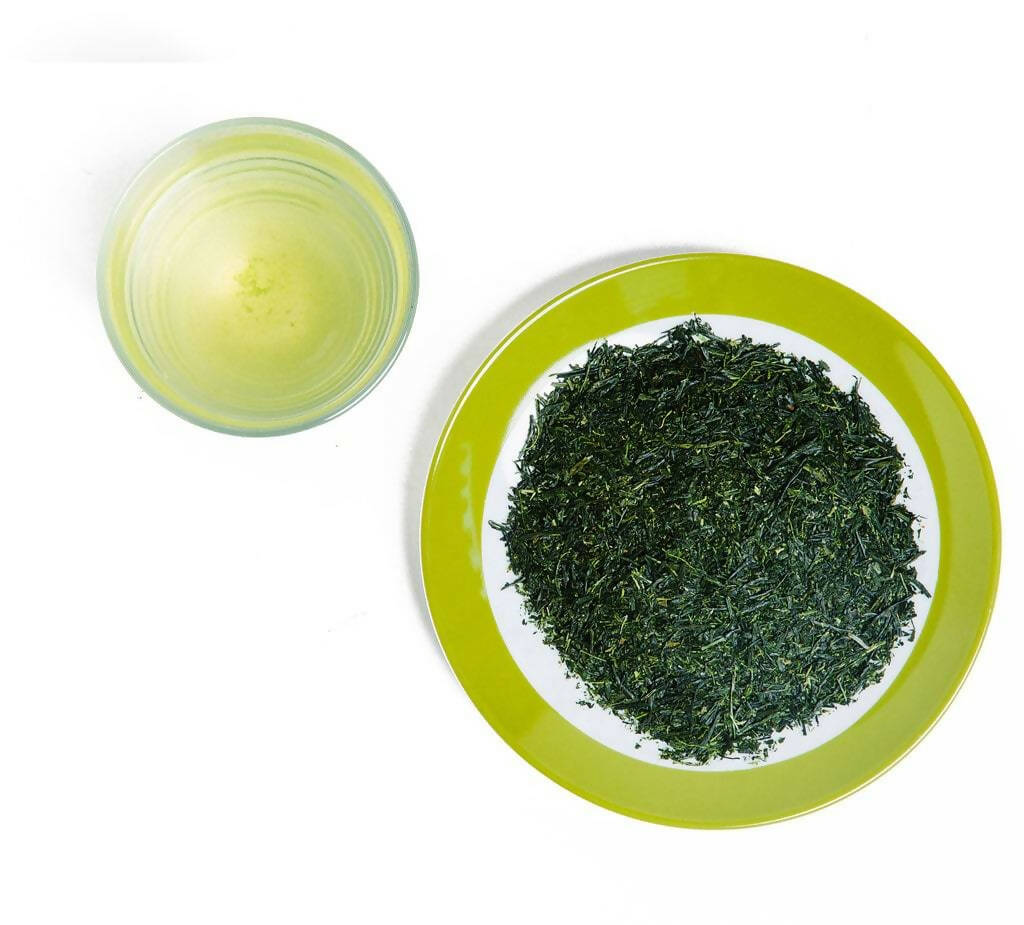
Gyokuro tea is one of the highest grades of tea available in Japan, so it can be much more expensive than other forms of green tea. Like matcha tea, the leaves are shaded, producing a higher quality tea. During the last two to three weeks prior to picking, the leaves are shaded with a screen. Additionally, its sweet flavor and high levels of theanine, caffeine and chlorophyll are due to this painstaking process. L-theanine is an amino acid found in green teas that is highly sought after due to its ability to help you relax while still remaining alert. Chlorophyll is believed to be useful as an anti-aging supplement, decreasing inflammation and improving skin elasticity. The mild flavor, paired with increased health benefits, makes this tea extremely popular.
Gyokuro is distinct not only in its cultivation but also in its brewing ritual, which emphasizes precision and patience. Unlike other green teas, gyokuro is best brewed at lower temperatures to preserve its delicate umami flavor and avoid bitterness. The resulting infusion is viscous, almost broth-like, with a rich emerald hue and a lingering sweetness on the palate. Because of its luxury status, gyokuro is often reserved for special occasions or enjoyed in small, mindful servings. Tea connoisseurs appreciate it as a meditative experience, where aroma, taste, and texture all play an essential role in appreciating its rare quality.
Steeping Suggestion: 2 teaspoon - 60°C (140°F) - 90-120 Sec. - 365 ml (8oz)
We have created a diagram to show the different categories of popular tea types and how they are related or different from one another.

Tea Type Based on Part of Tea Plant
Based on which part of the tea leaf is used, there are many different names for tea. Most of the tea types, ie: sencha, matcha, gyokuro etc., use the leaf portion of the tea while other parts which are used are referred to by different names.

-
Mecha : 芽茶
Me-cha tea, which is translated as “bud tea”, is a type of green tea that is made from the early leaf buds of the green tea plant, which are separated during gyokuro and sencha processing. This allows me-cha tea to be of the same quality as both gyokuro and sencha teas at a fraction of the price. Another benefit of me-cha tea is that it can be re-steeped multiple times while still retaining its full flavor. Me-cha tea is a popular after-dinner drink as it works especially well to cleanse the palate due to its strong, bitter aftertaste.
Because mecha is composed of small leaf buds and tips, it tends to brew quickly and yield a concentrated flavor, making it ideal for short steeps and multiple infusions. Its bold, slightly astringent profile appeals to those who enjoy a more robust and invigorating tea experience. Mecha is often served in sushi restaurants or traditional Japanese eateries as a palate cleanser between bites, thanks to its sharp finish and digestive benefits. Despite being a byproduct, its high quality and affordability have made it a favorite among seasoned tea drinkers looking for everyday luxury without the premium price.
Steeping Suggestion: 2 teaspoon - 90°C (195°F) - 40 sec. - 365 ml (8oz)
-
Kuki-cha (Twig Tea): 茎茶
Kuki-cha, also known as bocha, is made from the twigs and stems of the Camellia sinensis. It is translated as “twig tea” and can usually be found in the form of green tea; it is also sold in more oxidized forms. Kuki-cha tea has a unique sweet and nutty flavor. It is highly sought after for its health benefits and is especially popular in the macrobiotic diet community. Those that follow the macrobiotic diet eat a lot of whole foods that are unprocessed. Since Kuki-cha tea is comprised of the stems of the plant, it is also full of the minerals and vitamins that feed the plant. Some of the more essential minerals found in this tea include calcium, copper, zinc, selenium, manganese, and fluoride. Like other green teas, it is also filled with antioxidants, including vitamin A, B-complex, and vitamin C. This helps protect the body against a myriad of diseases including several types of cancers. Kuki-cha is also naturally very low in caffeine, making it a good option for children.
Another notable feature of kuki-cha is its affordability and eco-conscious appeal, as it utilizes parts of the tea plant that are often discarded during the production of leaf-based teas like sencha or gyokuro. This makes kuki-cha not only budget-friendly but also a sustainable choice, aligning with the values of minimal waste and whole-plant usage. Its mild caffeine content, comforting roasted aroma, and mineral-rich profile make it an excellent everyday tea, suitable for both casual drinkers and those seeking a gentle, nourishing beverage. Whether enjoyed hot or cold, kuki-cha offers a soothing tea experience that stands apart from more conventional green teas.
Steeping Suggestion: 2 teaspoon - 90°C (195°F) - 40 sec. - 365 ml (8oz)
-
Aracha (Crude Tea) : 荒茶
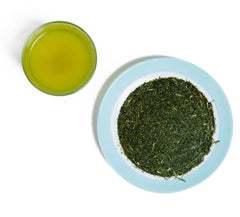

Aracha translates to "wild tea" in English. Aracha is green tea where the process of green tea keeps the original shape as it is cropped. Most of the green tea that is consumed is refined and processed green tea. In Japan, however, green tea is usually sold from the farmer to a wholesaler who then processes and refines the tea. When green tea is provided to the wholesaler, the form of the green tea is usually Aracha where it has not been processed yet. This type of green tea is usually not distributed to consumers. However, some fans prefer drinking this type so that they can enjoy the rich and natural taste and flavor.
What makes aracha particularly intriguing is its complexity in both flavor and appearance. Since it contains all parts of the leaf—stems, broken pieces, and fine leaf particles—it offers a bold, unfiltered taste that many describe as earthy, full-bodied, and vibrant. The tea’s appearance is equally diverse, with mixed textures and colors that reflect its unrefined state. Some specialty tea shops and enthusiasts seek out aracha specifically for its authentic farm-to-cup experience, as it captures the essence of the harvest before any commercial refinement alters its character. Drinking aracha offers a rare glimpse into the raw spirit of Japanese green tea.
Steeping Suggestion: 2 teaspoon - 90°C (195°F) - 40 sec. - 365 ml (8oz)
Tea Type Based on Covering Process
Few types of the Japanese green tea go through the process of covering the tea plant before harvesting. This type of tea includes the popular types of matcha and gyokuro which were mentioned previously. There are different commonly known type of covered green tea which differ based on the processing method. Below is a list of tea types related to covering tea.
Kabusecha is covered for 7-10 days, Gyokuro is covered at least 20 days.
 By purposely blocking sunlight for a few days before new sprout grow, the tea creates a very unique aroma and taste.
By purposely blocking sunlight for a few days before new sprout grow, the tea creates a very unique aroma and taste.
 Due to the special net blocking sunlight, the tea leaves increase chlorophyll, making the color of the tea a darker green. Tea made from such leaves create a beautiful emerald green color which is rare to see in other types of green tea.
Due to the special net blocking sunlight, the tea leaves increase chlorophyll, making the color of the tea a darker green. Tea made from such leaves create a beautiful emerald green color which is rare to see in other types of green tea.
Learn more about covering tea in this blog article.
-
Kabuse-cha (Covered Green Tea):被せ茶


Kabuse-cha translates as "covered green tea" in English. The green tea is covered by a special net to block sunlight for a few days before new sprout grow. By purposely blocking sunlight for timed few days before new sprout comes out, the tea creates a very unique aroma and taste.
This shading process not only enhances the appearance and nutritional profile of the tea leaves, but it also significantly alters the chemical composition, leading to higher levels of L-theanine and amino acids, which give the tea a smoother, sweeter, and umami-rich flavor. Covered teas like Kabusecha serve as a bridge between sencha and gyokuro—offering more complexity than regular green teas but without the intensity (or cost) of gyokuro. The practice of covering tea plants requires careful timing and skill, and it reflects the meticulous craftsmanship embedded in Japanese tea farming. This delicate balance of sunlight and shade contributes to the refined taste and elegant character that covered teas are celebrated for.
Covered tea usually takes less time than gyokuro tea, usually 1/2 of the time.
Steeping Suggestion: 2 teaspoon - 70°C (175°F) - 90 sec. - 365 ml (8oz)
-
Tencha : 碾茶
Tencha tea is translated as “ground tea” because it is frequently ground up to produce the fine powder for matcha tea. Like gyokuro , it is a high-quality green tea because it is produced in much the same way. Like gyokuro , tencha leaves are also shaded, which gives it its smooth flavor and a large amount of nutrients. The main difference between the two is that gyokuro leaves are rolled compared to tencha leaves are laid out flat to air-dry and then are deveined and destemmed. This is so that the leaves can easily be ground to make matcha tea if so desired. Tencha tea has a unique flavor, unlike both gyokuro and matcha, that is very smooth. It also has a mellow fragrance with a mild sweetness. When preparing tencha tea, you will want to use twice the amount of tea leaves you would use for gyokuro because tencha leaves are lighter. You may also have to press the tea leaves down into the water, so they are fully saturated due to their lightweight.
While tencha is rarely consumed as a loose-leaf tea in Japan, it offers a rare and refined tasting experience for those curious to explore matcha’s origins before it is ground. Its delicate nature and low astringency make it ideal for those who prefer mellow, less grassy green teas. Because it skips the rolling process, tencha retains a more airy structure and brews into a light, elegant infusion with subtle layers of umami and sweetness. In the tea production world, tencha holds a special place—not only as the base for ceremonial-grade matcha but also as a benchmark of shading and leaf preparation craftsmanship.
Steeping Suggestion: 2 teaspoon - 70°C (175°F) - 90 sec. - 365 ml (8oz)
-
Koicha : 濃茶
Koicha is a thick, syrupy mixture with a consistency that is similar to honey or melted chocolate. Koicha contains a lot of flavor because the tea is a product of harvested green tea plants that are over thirty years old. At this age, the leaves are at their peak flavor. Koicha is naturally sweet and has a vibrant green color. This tea also has a powerful flavor and smell that is much different than other Japanese green teas. Since koicha is so concentrated, you should mix it with a high-quality matcha to cut down on bitterness and improve the flavor. Given its flavor, inexperienced green tea drinkers may need some time to adjust to the intense flavor of koicha. Koicha has long been the traditional choice for Japanese tea ceremonies although usucha is becoming the norm today. A bowl of koicha is typically shared among several people who take turns drinking.
In traditional Japanese tea ceremonies, koicha represents the most formal and meditative expression of matcha, often prepared with utmost care by seasoned tea masters. Only the highest grade, shade-grown tencha leaves—ground into ultra-fine matcha—are suitable for koicha, as lower-quality powders would produce excessive bitterness. The preparation process involves kneading rather than whisking, resulting in a thick, velvety texture without foam. Unlike usucha, which is served individually, koicha is served in a single bowl and passed among guests, symbolizing unity and respect. This ritual underscores the tea's role not just as a drink, but as a spiritual and communal experience rooted in centuries of Japanese tradition.
Steeping Suggestion: 2 teaspoon - 80°C (185°F) - until dissolved - 365 ml (8oz)
-
Usucha : 薄茶
Thin matcha, also called usucha, is made by brewing tea with more water and a smaller amount of powder. Usacha is also a ceremonial Japanese tea that is instantly recognizable for its frothy top, which forms from intense whisking. Usucha reminds some people of lattés, which also have a frothy head. Usucha tea has a strong flavor, though it is typically made from younger tea plants. Usucha is the standard for everyday matcha blends. The brew is foamy and sweet, with subtle umami undertones. With both koicha and usucha, you will never want to prepare eaithe tea with boiling water. Rather, the best temperature is 176 degrees Fahrenheit. If the water is too hot, it can give the matcha a bitter taste. Usucha needs about one-quarter of the amount of matcha that koicha requires. Since koicha uses high-grade matcha, it's considered to be a more indulgent and expensive choice for tea ceremonies. Therefore, people have started using more affordable matcha, which has led to usucha's surge in popularity.
Usucha’s light and approachable nature makes it the go-to choice for daily matcha drinkers and those new to the world of Japanese tea. Its preparation involves using a bamboo whisk, or chasen, to create a smooth, frothy consistency that is both visually inviting and texturally pleasing. This froth not only enhances the sensory experience but also helps aerate the tea, balancing its natural bitterness with a gentle sweetness. Usucha is often enjoyed in more casual or contemporary tea gatherings, where precision and ritual give way to creativity and personal preference. As matcha cafés and home brewing trends grow worldwide, usucha continues to thrive as a versatile, energizing, and accessible introduction to Japanese tea culture.
Steeping Suggestion: 2 teaspoon - 80°C (185°F) - until dissolved - 365 ml (8oz)
Tea Type Based on Season of Crop
There are different names of tea based on when the teas are cropped. The tea crop season usually starts around April to June and continues until winter. Depending on when the crop is picked, there are different name denoting the tea. Here are few popularly heard name of tea based on season.

-
Ichiban-cha (First Crop Tea):一番茶
In Japan, green teas are categorized as first, second, and third based on when the tea is being harvested. The first harvest of the season is called Ichiban-cha. This is also called "new crop" (or Shin-cha). Since it is the first harvest, this is referred as "syun", or seasonable. (Japanese culture value the concept of "syun" (seasonable), and example of it is famous haiku where it must use a word of season "syun" in the short poem.) The characteristic of the first harvest is that the tea leaves are still "young" so their age brings a richer and clearer aroma. It is also called Shin-cha or Shincha.
Because the tea bushes have been resting and storing nutrients throughout winter, the first flush of leaves harvested in spring contains the highest concentration of amino acids, antioxidants, and natural sweetness. This makes ichiban-cha not only the most flavorful but also the most prized and nutritious among all seasonal harvests. Many tea connoisseurs eagerly anticipate its arrival each year, viewing it as a celebration of renewal and vitality. Ichiban-cha is often sold in limited batches and commands a higher price, especially when labeled as shincha (new tea), which is rushed to market within weeks of harvesting to preserve its fresh, grassy aroma and vibrant green hue.
Steeping Suggestion: 2 teaspoon - 70°C (175°F) - 90 sec. - 365 ml (8oz)
-
Shin-cha: 新茶
This is another way of saying Ichiban-cha mentioned above; it translates in English as "new tea".
Steeping Suggestion: 2 teaspoon - 70°C (175°F) - 90 sec. - 365 ml (8oz)
-
Niban-cha: 二番茶
Second crop tea is called niban-cha. "Ni" refers to number 2 in Japanese. Nibancha is cropped usually after 45-50 days after first crop (ichiban-cha) which is between June to July in the usual year.
Steeping Suggestion: 2 teaspoon - 70°C (175°F) - 90 sec. - 365 ml (8oz)
-
Sanban-cha: 三番茶
Third crop tea is called sanban-cha. "San" refers to number 3 in Japanese. Sanbancha is cropped usually after one month after the second crop (niban-cha).
Steeping Suggestion: 2 teaspoon - 100°C (212°F) - 30 sec. - 365 ml (8oz)
-
Bancha (Coarse Tea): 番茶
Ban means "late" in Japanese. When tea is harvested later in the year making the leave to be larger and mature, it is called Bancha. Bancha is harvested between Summer and Autumn. Bancha is usually considered lower grade and provides lower market value in Japan.
Steeping Suggestion: 2 teaspoon - 100°C (212°F) - 30 sec. - 365 ml (8oz)
Tea Type of Powder Tea
There are other powdered Japanese teas besides matcha. Here are couple of well-known powdered Japanese green tea.
-
Kona-cha : 粉茶
Kona-cha, which literally means “powder tea”, is a by-product of the production of gyokuro or sencha tea. Instead of wasting useful parts of the plant that go unused in the making of other teas, kona-cha tea utilizes this fine dust that is composed of the buds and finely chopped tea leaves which allows kona-cha to be sold at a much cheaper price. Since it is composed of a fine dust, kona-cha tea is a fuller-bodied tea with a deep green color. It has a mild, sweet grassy flavor and is often used in cooking. It is frequently served at sushi restaurants.
Thanks to its fine texture and bold flavor, kona-cha brews quickly and is ideal for those seeking a strong, energizing cup of green tea in a short amount of time. Its concentrated nature also makes it popular in commercial settings like sushi bars and casual eateries, where it is valued for its cost-effectiveness and rich taste. While not traditionally used in formal tea settings, kona-cha is increasingly appreciated by home brewers for its culinary versatility—frequently added to broths, rice dishes, or even blended into smoothies for a boost of green tea flavor and nutrients. Despite being a by-product, kona-cha offers remarkable quality and value, especially when sourced from premium tea producers.
Steeping Suggestion: 2 teaspoon - 80°C (185°F) - until dissolved - 365 ml (8oz)
-
Funmatsucha:粉末茶
Funmatsucha tea is similar to kona-cha, but instead of small bits of leaves, it comes in the form of a powder. In some places, it is also called Arabikicha (粗挽き茶). One of its advantages is that it can be used to make instant tea. For example, as opposed to steeping the tea leaves, you merely have to mix the powder directly into your hot water. This allows you to receive a larger portion of the compounds found in the tea such as caffeine. Funmatsucha is sometimes confused with matcha tea because of its similar color and texture; however, its leaves are not shaded from the sun like matcha. Since it undergoes additional photosynthesis, funmatsucha tea takes on a more bitter taste. It still contains the same amount, or possibly even more, antioxidants than other green teas.
Due to its convenience and potency, funmatsucha has gained popularity among busy tea drinkers, office workers, and travelers who want a quick green tea fix without compromising nutritional value. It’s also a favorite choice for cold brews and flavored beverages, as it blends easily with water, juices, or milk alternatives. Unlike matcha, which requires specific whisking techniques and ceremonial preparation, funmatsucha can be enjoyed on-the-go or in culinary recipes, making it a flexible and accessible option. However, because the leaves are not shaded before harvesting, it lacks the umami depth of matcha and is typically more bitter and robust in taste, appealing to those who prefer a sharper green tea profile.
Steeping Suggestion: 2 teaspoon - 80°C (185°F) - until dissolved - 365 ml (8oz)
Tea Type Based on Length of Steaming
Depending on how long green tea is steamed, the duration also changes the characteristic of the tea. Other than "normal" steaming length which is about 30 - 40 seconds, there are different names associated with how long the steaming process is compared to the "normal".
This steaming process, known as mushisei (蒸し製), is unique to Japanese green tea and plays a critical role in determining the tea’s flavor, aroma, and texture. Shorter steaming times preserve more of the leaf’s original structure and highlight delicate, floral notes, while longer steaming breaks down the leaf more thoroughly, resulting in a deeper color and a richer, more full-bodied taste. The texture of the brewed tea also varies—lightly steamed teas tend to be clearer, whereas deeply steamed teas like fukamushi-cha produce a cloudy, dense infusion. Understanding the steaming level allows tea drinkers to choose a green tea that matches their preference for brightness, body, or bitterness, making it an essential aspect of the Japanese tea classification system.
Here is a comparison chart (Reference : Green Tea Merchant Blog)
-
Fukamushi-cha (Deep Steam Tea):深蒸し茶
Fukamushi translates to "deeper steam" in Japanese. This approach only works well for thicker tea leaves. In order to take advantage of richer nutrients contained in thicker tea leaves, they are steamed for three to four times longer than regular sencha green tea. Steaming length is between 40-60 seconds. All of our green tea are of this type. In contrast, when the tea is lightly steamed, it is referred to as Asamushi-cha.
Due to the extended steaming process, fukamushi-cha leaves become more fragile and broken down, resulting in a finer texture that often looks powdery. This leads to a darker, opaque green infusion with a bold umami flavor and less astringency, making it especially appealing to those who prefer a smoother, richer taste. The smaller leaf particles also steep faster, so shorter brewing times are recommended to avoid over-extraction. Fukamushi-cha is particularly popular in regions like Shizuoka, where the thicker leaves from sun-rich tea gardens benefit greatly from deeper steaming. Its full-bodied character and high nutrient content make it a favorite for both seasoned tea drinkers and health-conscious consumers.
Steeping Suggestion: 2 teaspoon - 90°C (195°F) - 30 sec. - 365 ml (8oz)

Read an in-depth article about Deep Steaming Tea here.
-
Asamushi-cha (Light Steam Tea): 浅蒸し茶
Compared to "normal" steaming process, asamuchi-cha is steamed less. If the length is about 20 seconds, it is also considered GokuAsamuchi 極 浅蒸し. The word "Goku" translates to "extreme" in English so it means “extremely lightly steamed tea”. This kind of tea tends to have more of the flavor of the tea itself and has more astringency and bitterness. Teas grown in valley area are considered good for this type of steaming due to not getting much of sun exposure.
Because the leaves retain more of their original structure and shape, asamushi-cha often appears vibrant, needle-like, and glossy. When brewed, it produces a clear, golden-green liquor with a delicate aroma and a clean finish. This tea is prized for its refined, nuanced flavor, allowing drinkers to appreciate the subtle characteristics of the cultivar and terroir. However, the lighter steaming also means a longer steeping time is usually required to fully extract its flavor. Asamushi-cha appeals most to purists and experienced tea enthusiasts who enjoy a more astringent, vegetal profile and the artistry of brewing a more delicate infusion.
Steeping Suggestion: 2 teaspoon - 70°C (175°F) - 90 sec. - 365 ml (8oz)
-
Futsumuch or Namamushi (Medium Steamed Tea): 普通蒸し、中蒸し
The tea steamed for the "normal" length of time, i.e., 30 - 40 seconds, are considered Futsumushi or Nakamushi which translates to "normal" or "middle". You do not hear this often as most of Japanese green tea sencha are of this type.
Futsumushi-cha represents the standard benchmark for steamed Japanese green tea, offering a balanced taste that is neither too bold nor too delicate. The moderate steaming preserves the leaf’s structure while still softening it enough to release a harmonious mix of sweetness, umami, and mild astringency. Because this method is so widely used, many popular sencha teas fall under this category, making it the most familiar flavor profile for Japanese tea drinkers. It’s an excellent choice for beginners who want to explore authentic green tea without the intense characteristics of asamushi or fukamushi varieties.
Steeping Suggestion: 2 teaspoon - 70°C (175°F) - 90 sec. - 365 ml (8oz)
Tea Type Based on Oxidization Level
Most teas are from the Camellia sinensis plant, including black tea from Europe. Japanese Green Teas like sencha or matcha are not oxidized, but based on oxidization level, the tea becomes different tea. Below are common (and popular) oxidized teas that are sold and in Japan.
Most teas around the world, including black, oolong, and green teas, come from the same plant—Camellia sinensis. What differentiates them is the level of oxidation, which is the process of exposing tea leaves to oxygen. This chemical reaction changes the leaf’s color, flavor, and aroma. Japanese green teas like sencha, gyokuro, and matcha are unoxidized, meaning they are quickly steamed after harvest to prevent oxidation and preserve their fresh, vegetal character. However, Japan also produces lightly or fully oxidized teas such as oolong (oolong-cha) and black tea (wakoucha), though in much smaller quantities compared to China or India. Understanding oxidation helps tea enthusiasts explore the broad spectrum of Japanese teas, from the vibrant green of fresh leaves to the rich amber tones of fermented varieties—each offering a different sensory experience shaped by time, air, and craftsmanship.
Oxdization Level - Light
-
Pu-Erh Tea (Microbial fermentation tea):プーアル茶


Pu-Erh tea is made by steaming and fermenting freshly cut tea leaves. Traditionally, Pu-Erh tea was consumed by ethnic minorities in China, Tibet, Mongolia, and other Southeast Asian regions. The name, Pu-Erh, comes from a town called Pu-erh in the Yunnan district of China where it was stocked for trading. Our Japanese Pu-Erh tea use quality, fresh green tea and go through a careful fermentation process.
While Pu-erh tea is traditionally associated with Chinese tea culture, it has found a niche audience in Japan among those seeking earthy, aged teas with digestive and metabolic health benefits. Japanese-style Pu-erh is typically made using green tea leaves sourced from domestic farms, which are then fermented using controlled microbial processes. This fermentation not only mellows the flavor over time but also produces unique probiotic compounds believed to support gut health and weight management. Japanese Pu-erh tends to be smoother and less pungent than its Chinese counterpart, making it more approachable for new drinkers while still offering the deep, mellow profile that fermented tea lovers appreciate.
Oxdization Level - Medium
-
Oolong cha: 烏龍茶
Oolong cha tea is very unique because it is partially fermented. While black teas are fully oxidized and most green teas are not, oolong tea falls somewhere in the middle. Depending on who cultivates it, the level of oxidation for oolong cha tea can fluctuate anywhere from eight to eighty percent, causing the flavor to vary greatly from light to full-bodied. Along with the many health benefits of tea, fermented drinks and foods come with their own unique attributes such as improving gut health. While oolong teas have been popular in Eastern cultures for many centuries, they have just recently become more common in the United States.
In Japan, oolong tea is typically imported from Taiwan or China, though some domestic oolong production has emerged in recent years—especially in warmer southern regions like Kagoshima. Japanese-style oolong is often lightly oxidized, offering floral, fruity notes with a clean finish that appeals to both green and black tea drinkers. Its versatility means it can be enjoyed hot or cold, and it’s a popular choice in bottled form sold in vending machines and convenience stores. With its balance of complexity and smoothness, oolong cha serves as a bridge between green and black tea, making it an excellent introduction to fermented teas for those looking to expand their palate.
Oxdization level - High
-
Black Tea: 紅茶
European black tea, which is popular worldwide, is product of higher fermentation from original tea plant. We do not go into much here as there is a lot more detail about the different types of black tea throughout the world. In Japan, this type is not called black; rather it is called red tea (kou-cha 紅茶)
In Japan, while kou-cha refers to "red tea" due to the reddish hue of the brewed liquid, it includes both imported black teas and a growing category of domestically produced black teas, known as wakoucha (和紅茶). These Japanese black teas are typically made from cultivars originally used for green tea, resulting in a smoother, less astringent profile with subtle fruity or floral notes. Wakoucha is gaining popularity among tea enthusiasts for its distinct Japanese terroir and gentle taste, often enjoyed without milk or sugar. As the global interest in craft and regional teas grows, Japan's approach to black tea is beginning to carve its own space alongside traditional European and Chinese styles.
Tea Type Based on Location of Farm
The names of various teas could also be categorized based on where the tea was cropped. Below are the most well-known names; however, there are many more.
-
Uji Cha :宇治茶
Tea cropped in Uji Kyoto. Well-known for historical tea as Uji is known to be the origin of tea history. Kyoto ranks #5 in the volume of Japan's production of tea.
-
Shizuoka Cha:静岡茶
Shizuoka crops 5% of the total tea crop of Japan and considered tea capital of Japan.
-
Kawane Cha : 川根茶
Part of Shizuoka prefecture grown in the mountainous area.
-
Kagoshima Cha:鹿児島茶
Kagoshima ranks #2 in terms of the production of Japan's tea after Shizuoka. It is known to be produced in wide open area. Famous tea made in Kagoshima is known as Chiran-cha 知覧茶
-
Ise Cha: 伊勢茶
Tea produced in Mie prefecture is known to be called Ise-cha; “Ise” is old name of the area. Mie ranks as #3 in terms of the production of tea in Japan.
-
Sayamacha:狭山茶
Tea produced in Sayama, Saitama which is prefecture next to Tokyo. There are well-known words about tea in Japan. The best color of the tea is from Shizuoka, aroma from Kyoto, and taste from Sayama.
“色は静岡、香りは宇治よ、味は狭山でとどめさす” . Depending on the areas, they are known to put more "fire" at the end of processing called Hiire (火入れ) which makes the tea dryer and sweeter.
-
Minou-cha :美濃茶
Tea produced in Gifu prefecture, known to have distinct taste due to high altitude geographical area.
What sets Kaga Bocha apart from other types of hojicha is its light roast and delicate flavor profile, which results in a clear, amber-hued brew with a mild, toasty aroma and subtle sweetness. Unlike standard hojicha, which can sometimes have a smoky or bold taste, Kaga Bocha is celebrated for its elegant and smooth character, making it ideal for drinking throughout the day, even in the evening. It is often served in traditional ryokan inns and high-end restaurants in Ishikawa, contributing to its reputation as a refined regional specialty. As interest in regional Japanese teas grows, Kaga Bocha continues to gain attention both domestically and internationally for its craftsmanship and cultural heritage.
Where Different Types of Japanese Tea are Grown
Tea Type Based on Cultivar
The cultivar is the variety of the tea plant. Although all tea is of Camellia Sinensis, there are different variables which is selected by tea farmers or regions. Most of the Japanese green tea you find are of type Yabukita but there are more than 50 different types of cultivars exist in Japan.
Here is an article I wrote about Cultivar in detail.
What is Tea Cultivar?
 For the complete list, I suggest you go to our good friend Ricardo's website where he lists all the known cultivar.
For the complete list, I suggest you go to our good friend Ricardo's website where he lists all the known cultivar.
-
Yabukita : やぶきた

The most popular cultivar in Japan; 77% of the Japanese tea field produces this cultivar.
Click here to learn more about Yabukita Cultivar in detail
-
Benifuuki:べにふうき

Benifuuki tea is a cultivar of the tea plant that was cross-bred between the varieties Assamica and Sinensis in 1965 in Makurazaki City, Kagoshima, Japan. This cultivar is known to be good for relief.
Read more about Benifuuki and why it is good for allergy relief
Other Very Popular Japanese Tea Types
-
Genmai-cha: 玄米茶
Genmai-cha is a very unique green tea because the sencha tea leaves are blended with roasted brown rice. It is also known as popcorn tea because the kernels of rice sometimes pop during the roasting process. This distinctive drink was initially used by monks as a form of conservation. They would add the rice stuck to the bottom of their pan to the green tea to help their tea supplies last longer. This drink has a rich, nutty flavor that is both sweet and earthy. While unlike any other form of green tea, it has a very comforting appeal similar to that of soup broth. It has become a favorite among the Japanese.
Today, genmai-cha is enjoyed not just for its flavor, but also for its balance and drinkability, especially among those who find pure green teas too grassy or astringent. The roasted brown rice reduces the caffeine content of the blend, making it a gentle and soothing choice for afternoon or evening consumption. Modern variations may use bancha or matcha instead of sencha, creating different intensities of flavor and aroma. Genmai-cha has also become popular outside Japan for its comforting, almost savory taste and versatility—whether served hot, cold, or even used as a base for brothy tea soups. It’s a perfect introduction for new tea drinkers seeking a toasty, mild green tea experience.
Steeping Suggestion: 2 teaspoon - 100°C (212°F) - 30 sec. - 365 ml (8oz)
Read my another article in which I explain more about genmaicha by clicking here.


-
Houji-cha (AKA hojicha or houjicha) ほうじ茶
Houji-cha tea is typically produced from sencha tea. What makes it distinctive from other green teas is that it is roasted instead of steamed, causing it to be very low in caffeine. This makes houjicha a popular after-dinner drink. It is so mild it can even be served right before bed. It is also frequently given to both infants and the sick because of its nourishing attributes and minimal caffeine. The roasting gives the tea its characteristic roasted nut flavor, which is very popular.
Houji-cha’s roasting process transforms the green tea leaves into a warm, amber-colored brew with a distinct caramelized aroma and toasty, slightly sweet flavor. This process also reduces bitterness and astringency, making it exceptionally smooth and approachable, even for those who typically avoid green tea. While traditionally made from sencha or bancha, some premium varieties of houji-cha are now produced using higher-grade leaves like gyokuro stems, offering a more refined and aromatic cup. Its cooling energy and digestive benefits make it a staple in Japanese households, where it's commonly served at mealtimes, during relaxation, or even as a refreshing cold brew in warmer seasons. Houji-cha's versatility and mellow profile have made it increasingly popular in lattes, desserts, and modern café menus around the world.
Steeping Suggestion: 2 teaspoon - 100°C (212°F) - 30 sec. - 365 ml (8oz)
Read my other article, in which I explain more about hojicha, by clicking here.

Here is a nice video recipe of how to make a hojicha latte (and also how to make hojicha powder from loose leaf)

-
Guricha (AKA tamaryokucha): ぐり茶 玉緑茶
Guricha tea means “curly tea” and is also sometimes referred to as tamaryokucha, which is translated as “coiled tea”. This very rare tea makes up only five percent of the total tea produced in Japan. What makes it so unique is that during the production of guricha tea, the final kneading process is skipped. When it dries, the leaves are in the shape of a comma, giving it its name. Due to its unique processing method, guricha tea has a very sweet, fruity flavor. It is a true delicacy that should not be missed.
Guricha is primarily produced in Kyushu, especially in Saga and Nagasaki prefectures, where the regional climate and artisan techniques support its distinctive character. Unlike standard sencha, which undergoes rolling to form needle-like shapes, guricha's comma-shaped curls result in a softer mouthfeel and a rounder, less astringent taste. The infusion yields a pale yellow-green liquor with floral and fruity notes that are often likened to apricot or citrus. Its rare production and delicate flavor make guricha a favorite among tea connoisseurs looking for something outside the usual green tea spectrum. Despite its limited availability, guricha offers a wonderful balance between the familiarity of sencha and the novelty of artisanal craftsmanship.
Steeping Suggestion: 2 teaspoon - 100°C (212°F) - 30 sec. - 365 ml (8oz)
-
Kamairicha : 釜炒り茶
Kamairi-cha is unique in that it is not steamed. Rather, it is pan-fried. This tea has a mild, roasted flavor and a dainty aroma. The pan-frying method originated in China during the Ming dynasty, but today, it is the preferred method for halting tea leaf oxidation. The pan-frying technique was brought to the Japanese islands in the fifteenth century. Eventually, Japan ended up adopting the steaming method later on, so the pan-frying method is quite rare nowadays. This is an incredibly special tea, with an unbelievably smooth and rich flavor. Kamairi-cha accounts for only 2% of all Japanese tea and is even harder to come by in the west. Hojicha, another type of Japanese tea, is also prepared with the pan-frying method. Hojicha is mostly made from stalks that are pulled out during mechanical harvesting. Hojicha is a no-fuss tea that is suitable for everyday drinking. Historically, it was known as the tea of the common people and was largely consumed by farmers.
Kamairicha is primarily produced in Kyushu, especially in Miyazaki and Kumamoto prefectures, where the traditional pan-firing technique has been preserved by a handful of skilled artisans. Unlike steamed teas that produce grassy or umami-rich profiles, kamairicha is known for its lightly toasted, nutty aroma and gentle sweetness with no bitterness, making it a delightful and approachable tea for those new to Japanese greens. Its curled leaf shape—a result of careful hand-roasting in iron pans—also distinguishes it visually from the needle-like sencha. Because of its rare production method and regional specificity, kamairicha is considered a hidden gem of Japanese tea culture, offering a warm and nostalgic experience that reflects the rustic charm of its rural origins.
Steeping Suggestion: 2 teaspoon - 70°C (175°F) - 90 sec. - 365 ml (8oz)
-
Kuradashicha : 蔵出し茶
Almost every Japanese tea lover is familiar with kuradashi-cha. Kuradashi-cha is a spring tea made from only the highest quality tea leaves that are processed and stored in airtight canisters. The leaves are left to age until the autumn season, usually inside of temperature-controlled repositories. This aging process breaks down certain compounds in the leaves that cause tightening and puckering sensations in the mouth when consumed. At the end of the process, which can last three months to several years, the flavor is well-rounded and pleasant.
Kuradashi-cha is highly valued for its refined smoothness and mellow character, which emerge through the aging process that softens the tea’s natural bitterness and astringency. This practice of resting tea leaves in controlled storage—often referred to as "curing"—is believed to enhance sweetness and deepen the umami flavor, making the final brew exceptionally well-balanced. Some producers extend the aging beyond one year, creating rare and collectible vintages. Often released in limited quantities during the fall, kuradashi-cha is cherished by tea connoisseurs as a seasonal delicacy, symbolizing the careful preservation of spring’s bounty and the artistry of delayed perfection.
Steeping Suggestion: 2 teaspoon - 70°C (175°F) - 90 sec. - 365 ml (8oz)
-
Yanagi : やなぎ
During the process of making sencha, another Japanese green tea, some leaves inevitably fall out during rolling. These leaves are flat and folded, resembling willow leaves which is how yanagi gets its name (yanagi is Japanese for willow). The larger leaves also attribute to yanagi’s pale green color. Yanagi has a less tart taste than sencha and is light-bodied. Many people like to drink yanagi between or after meals since it is not heavy or filling. Since yanagi leaves tend to be large, you’ll want to make sure to use an adequately-sized teapot and cup to enjoy this tea. Yanagi is made in the spring and its flavor has been compared to steamed leafy vegetables.
Though often considered a byproduct of sencha production, yanagi holds a special place among those who appreciate mild, easy-drinking teas with a soft vegetal profile. Its low caffeine content and smooth texture make it an ideal everyday tea, particularly for those sensitive to bitterness or acidity. In many Japanese households, yanagi is served as a refreshing, palate-cleansing beverage, either warm or cold, throughout the day. Its affordability and gentle flavor also make it an excellent introductory tea for beginners, offering a subtle glimpse into the world of Japanese green tea without overwhelming the senses.
Steeping Suggestion: 2 teaspoon - 70°C (175°F) - 90 sec. - 365 ml (8oz)
-
Umecha: 梅茶
A plum tea. Most of the time, umecha refer to pouring green tea over umeboshi which is pickled salted plum. Often times, umecha refer to Ume-kombucha. It is not tea made out of leaf of plum. Plum tea is also traditional Korean tea which is made out of pickled plum fruit soaked in honey. It tastes more like plum juice than it does tea.
Steeping Suggestion: 2 teaspoon - 70°C (175°F) - 90 sec. - 365 ml (8oz)
-
Umekonbucha: 梅昆布茶
A mixture of Konbucha with dried plum fruit. Knbucha with powdered, freeze dried plum is known as Fukucha; it’s used for cerebrations such as for the new year.
Umekonbucha combines the umami-rich depth of kelp (konbu) with the tangy, slightly sweet flavor of dried plum, creating a savory and invigorating infusion that blurs the line between tea and broth. It is often served as a warming, comforting drink during cold weather or festive occasions, and is especially popular among older generations for its nostalgic and medicinal qualities. Traditionally consumed without sweeteners, umekonbucha is also believed to help with fatigue, dehydration, and digestive discomfort, thanks to the natural minerals in seaweed and the alkalizing nature of ume. Its bold, complex taste makes it a culinary favorite, sometimes used as a light soup base or seasoning in Japanese home cooking.
Steeping Suggestion: 2 teaspoon - 70°C (175°F) - 90 sec. - 365 ml (8oz)
Umecha is cherished not only for its unique flavor but also for its digestive and detoxifying properties. The combination of green tea and umeboshi (pickled plum) results in a brew that is both salty and sour, stimulating the appetite and aiding in digestion—especially after rich or oily meals. This tea is often consumed during seasonal transitions or periods of fatigue due to its alkalizing and revitalizing effects. Though simple in preparation, umecha carries a strong cultural resonance in Japan, symbolizing comfort, resilience, and home-style healing, making it a nostalgic favorite in both traditional kitchens and modern wellness routines.
-
Fukucha: 副茶
A tea that is drank in cerebrating occasion such as the new year, end of the year (omisoka), and Setsubun (the day before the beginning of Spring). This is occasion practiced in Kyoto and west of Japan since 12th century. Uses black bean, Konbu, Umeboshi together with sencha; soy beans are used for the Setsubun.
Fukucha is more than just a tea—it is a symbolic blend infused with good fortune and seasonal meaning. Each ingredient used carries a cultural significance: kuromame (black beans) represent health and diligence, konbu (kelp) symbolizes joy through the wordplay "yorokobu," and umeboshi (pickled plum) is believed to ward off evil. The sencha base brings all these elements together in a lightly savory and aromatic infusion. During celebrations like New Year's Day and Setsubun, families in Kyoto and western Japan prepare and drink fukucha to bless the household with prosperity, protection, and longevity. Often served in special lacquered cups or festive bowls, this tea embodies the deep connection between Japanese culinary rituals and spiritual well-being.
Steeping Suggestion: 2 teaspoon - 70°C (175°F) - 90 sec. - 365 ml (8oz)
Non-Camellia Sinensis Tea
There are popular tea in Japan which are made out of plants that are not Camellia sinensis plant. (Camellia sinensis are plants commonly known as "tea plant"). While most traditional Japanese teas come from the Camellia sinensis plant, there is a diverse range of herbal and grain-based infusions that are also widely consumed in Japan. These are technically not “true teas” but are still referred to as tea (cha) due to their preparation method and cultural role. Many of these beverages, such as mugicha (barley tea), sobacha (buckwheat tea), and gobocha (burdock root tea), are naturally caffeine-free, making them popular among children, the elderly, and those sensitive to caffeine. Often enjoyed both hot and cold, non-Camellia teas are celebrated for their toasty, nutty flavors and functional health benefits, including aiding digestion, improving circulation, and providing trace minerals. These teas play an essential role in seasonal wellness routines and reflect Japan's deep-rooted appreciation for natural, nourishing beverages beyond the traditional tea leaf.
Following are some popular Japanese tea which are not from "tea plant".
-
Mugicha : 麦茶
Mugicha is actually not made of tea leaves. Rather, it is made by simmering roasted barley grains. Mugicha is popular as a cold drink in many Japanese restaurants in the summertime because of its summery taste and bitter undertones. However, many people find it to be less bitter than tea made from leaves. To some, mugicha is more refreshing than plain water on a warm day. Mugicha is sold in three varieties. The most traditional style is loose, roasted barley grains; it will have a dark brown color. The second variety comes in the form of tea bags for cold brewing; it is the most popular way to buy mugicha. Lastly, there are hybrid tea bags that can be simmered or served as a cold brew. Mugicha is a delicious alternative to over-sweetened, sticky iced tea beverages.
-
Sobacha : そば茶
Like mugicha, soba-cha is not made from tea leaves. Instead, it is made from roasted buckwheat. It is caffeine-free and has a nutty taste and aroma, so the flavor pairs well with both sweet and savory foods. Soba-cha, often referred to as “buckwheat tea”, can be served hot or cold. To prepare the tea, husked buckwheat is pan-fried without oil and infused with hot water for two to four minutes. This tea is very popular due to its sweet taste and toasty fragrance. The natural sugar within the buckwheat caramelizes as it’s heated, producing a naturally sugared beverage. The buckwheat can be saved after brewing your tea and added to oatmeal for an extra sweet, toasty flavor.
-
Gobocha : ごぼう茶
Gobo-cha is made from burdock root. It’s popular in Japan as a healthy tea and is also used in China to relieve medical ailments. Burdock root is available year-round, however, peak season is summer through fall. The root has a very earthy flavor and is often soaked in water with lemon or vinegar as part of processing to remove any astringent taste. Gobo-cha drinkers have noted that it is an acquired taste, due to its natural and unfussy flavor profile.
-
Konbucha : 昆布茶


Konbu-cha is not to be confused with Kombucha, a popular tea drink in the United States. Kombucha is a fermented black or green tea beverage that is somewhat alcoholic. It's often enjoyed for its alleged health benefits. Konbu-cha, on the other hand, contains no tea leaves. Instead, it is made from soaking seaweed kelp in hot water. It is enjoyed as a tea, and also as a flavoring in cooking. Konbu-cha has a strong umami flavor and is renowned for being very delicious. Some people describe it as being slightly salty. Though seaweed is an important staple of Japanese cuisine, people from other areas of the world often don’t realize how many different ways seaweed can be consumed.
-
Genpicha : 原肥茶
Genpi-cha is a tea blend made from ten varieties of plants. All of the flavors are quite mild, coming together to make one delicious, easily drinkable tea. Some people add water to this tea as they drink it because the flavor can change and become stronger as it sits. Citrus, psyllium seed, and oolong tea are just a few of the elements infused into this tea. Genpi-cha is non-caffeinated and is very popular amongst Pinterest users and food bloggers.
Tea Names From Tea Product Sold by Major Corporations
There are many companies producing bottled or canned green tea in Japan. This is because Japan has the highest number of vending machines selling tea in the world. See my other article, “Vending Machine Culture and Green Tea Trend in Japan”.
People sometimes get confused that the name of product produced by these companies with a type of Japanese green tea. While these are great teas that I also drink when I am in Japan, they’re not really a “type” of green tea. Here are some that are often confused as type of green tea.
-
Oi-ocha おーいお茶
Japan’s bestselling vending machine green tea produced by Ito-En. They carry different types of green tea under the name of this brand such as Sencha, Koicha, Hojicha, etc. Launched by Ito En in the late 1980s, Oi Ocha quickly became a household name and is now synonymous with bottled green tea in Japan. The brand name translates loosely to “Hey, tea!”—a catchy and informal phrase that helped boost its popularity. What sets Oi Ocha apart is its focus on unsweetened, authentic tea flavors, with offerings that range from bold koicha to mellow hojicha, all brewed and bottled without artificial additives. Its widespread availability in vending machines, convenience stores, and supermarkets makes it a trusted, go-to choice for on-the-go refreshment, while also serving as a gateway for international audiences to experience Japan’s tea culture in a modern format.
-
Sokenbicha 爽健美茶
Produced by brand of Ayataka which is under the arm of Coca-Cola company. Some of Sokenbicha’s brews are green and oolong teas, along with other barley teas that contain no actual tea leaves. Sokenbicha, developed by Ayataka (a Coca-Cola Japan brand), is marketed as a wellness-focused herbal tea blend that combines a variety of ingredients such as barley, brown rice, oolong, and medicinal herbs. Unlike traditional teas made solely from Camellia sinensis, many Sokenbicha blends do not contain green tea leaves at all, making them caffeine-free and suitable for all ages. The name translates to “Refreshing, Healthy, and Beautiful Tea,” reflecting its positioning as a health-conscious alternative to sugary drinks. With a light, earthy flavor and no added sweeteners, Sokenbicha is especially popular among women and health-minded consumers, and it's often featured in both vending machines and wellness product lines across Japan.
-
Gogo no Kocha 午後の紅茶
This is long-seller from Kirin company which was introduced in 1986. Kocha is black tea and is the best-selling black tea beverage in Japan. Gogo no Kocha, which translates to “Afternoon Tea,” is a flagship product from Kirin Beverage Company and has been a staple in Japan’s ready-to-drink tea market since 1986. As Japan’s best-selling black tea beverage, it comes in a wide range of flavors including straight tea (unsweetened), milk tea, and lemon tea—each catering to different palates and drinking occasions. Gogo no Kocha draws inspiration from British tea traditions, offering a Western-style tea experience that appeals to Japanese consumers looking for something beyond green tea. Packaged in both bottles and cartons, it is widely available in convenience stores, vending machines, and supermarkets, making it a convenient and familiar choice for those who enjoy the rich, smooth taste of black tea with a modern twist.
-
Nama-cha 生茶
Kirin’s green tea brand. It is famous for is cloudier green tea color compared to other brands. Nama-cha, meaning "raw tea," is a popular green tea brand from Kirin, known for its innovative brewing and bottling process that aims to preserve the fresh, just-steeped taste of loose-leaf tea. Unlike other bottled green teas that are fully clarified for a cleaner look, Nama-cha retains a slightly cloudy appearance, which reflects the presence of fine tea particles and a more authentic, full-bodied flavor. This cloudiness has become its signature trait, appealing to tea lovers who prefer a richer and more natural taste. With a focus on minimal processing and fresh aroma, Nama-cha is designed to mimic the flavor of high-quality sencha and is widely available in vending machines and retail stores across Japan, offering a premium tea experience in a convenient, ready-to-drink format.
Conclusion
Japanese tea is far more than just a drink—it's a rich cultural tradition, a nuanced craft, and a daily ritual that reflects Japan’s deep respect for nature, seasonality, and well-being. From the finely powdered matcha used in centuries-old ceremonies to the roasted comfort of houjicha and the nutrient-rich depth of gyokuro, each variety tells its own story through flavor, origin, and method. Whether you're a curious beginner or a seasoned tea enthusiast, understanding the many types of Japanese tea—from how they’re grown and processed to when and why they’re enjoyed—unlocks a deeper appreciation for one of the world’s most treasured tea cultures.
For full list of popular bottled and canned tea in Japan, please see my other article, “Major Japanese Tea Manufacturers and the Best Sellers” where I list these by company name along with links to get the tea. Click here to view the article.
Get Free Bonus Books

Sign up for free to the Green Tea Club to get advice and exclusive articles about how to choose Japanese Tea, and tips, tricks, and recipes for enjoying Japanese tea.
About the author
Kei Nishida
Author, CEO Dream of Japan
Certification: PMP, BS in Computer Science
Education: Western Washington University
Kei Nishida is a passionate Japanese green tea connoisseur, writer, and the founder and CEO of Japanese Green Tea Co., a Dream of Japan Company.
Driven by a deep desire to share the rich flavors of his homeland, he established the only company that sources premium tea grown in nutrient-rich sugarcane soil—earning multiple Global Tea Champion awards.
Expanding his mission of introducing Japan’s finest to the world, Kei pioneered the launch of the first-ever Sumiyaki charcoal-roasted coffee through Japanese Coffee Co. He also brought the artistry of traditional Japanese craftsmanship to the global market by making katana-style handmade knives—crafted by a renowned katana maker—available outside Japan for the first time through Japanese Knife Co.
Kei’s journey continues as he uncovers and shares Japan’s hidden treasures with the world.
Learn more about Kei

